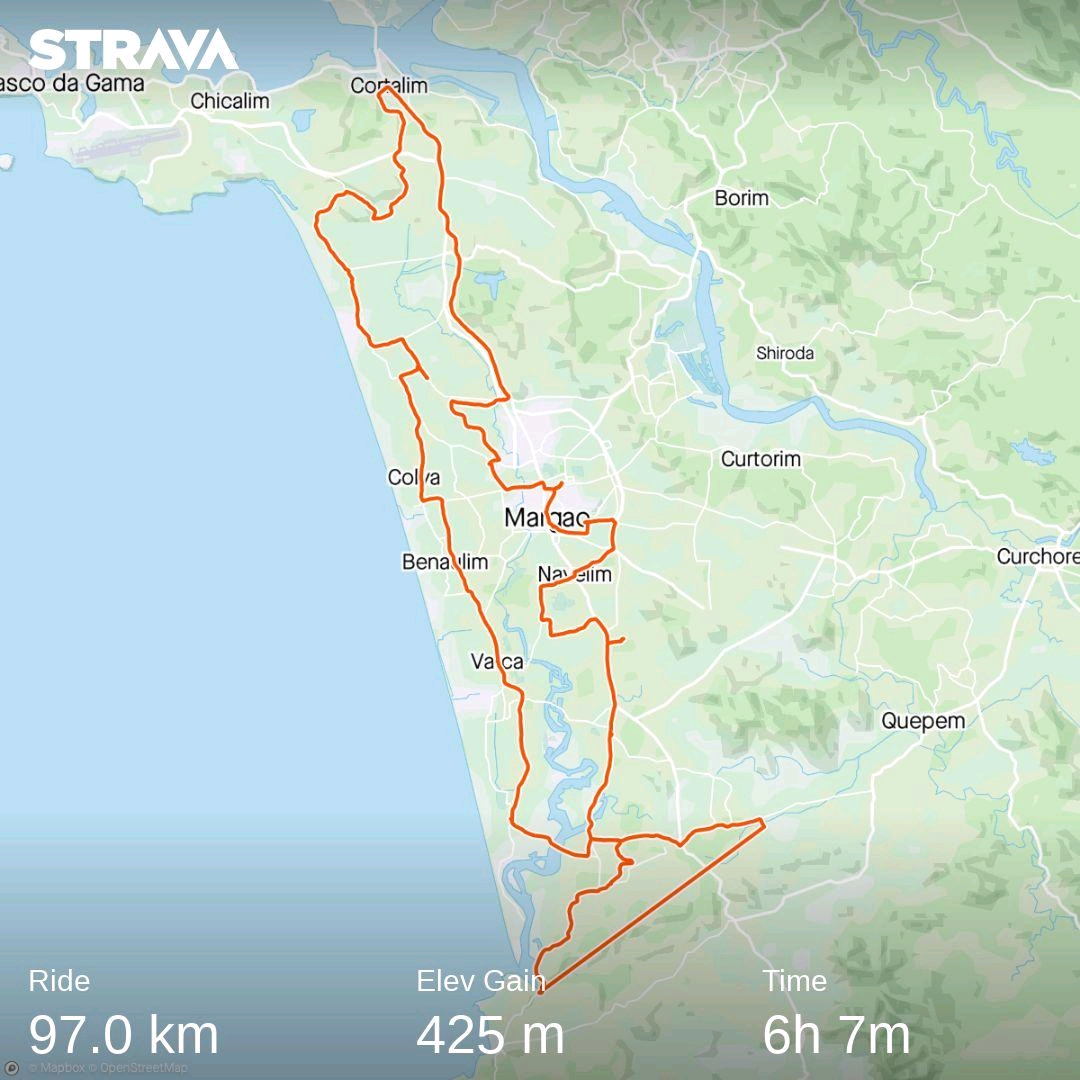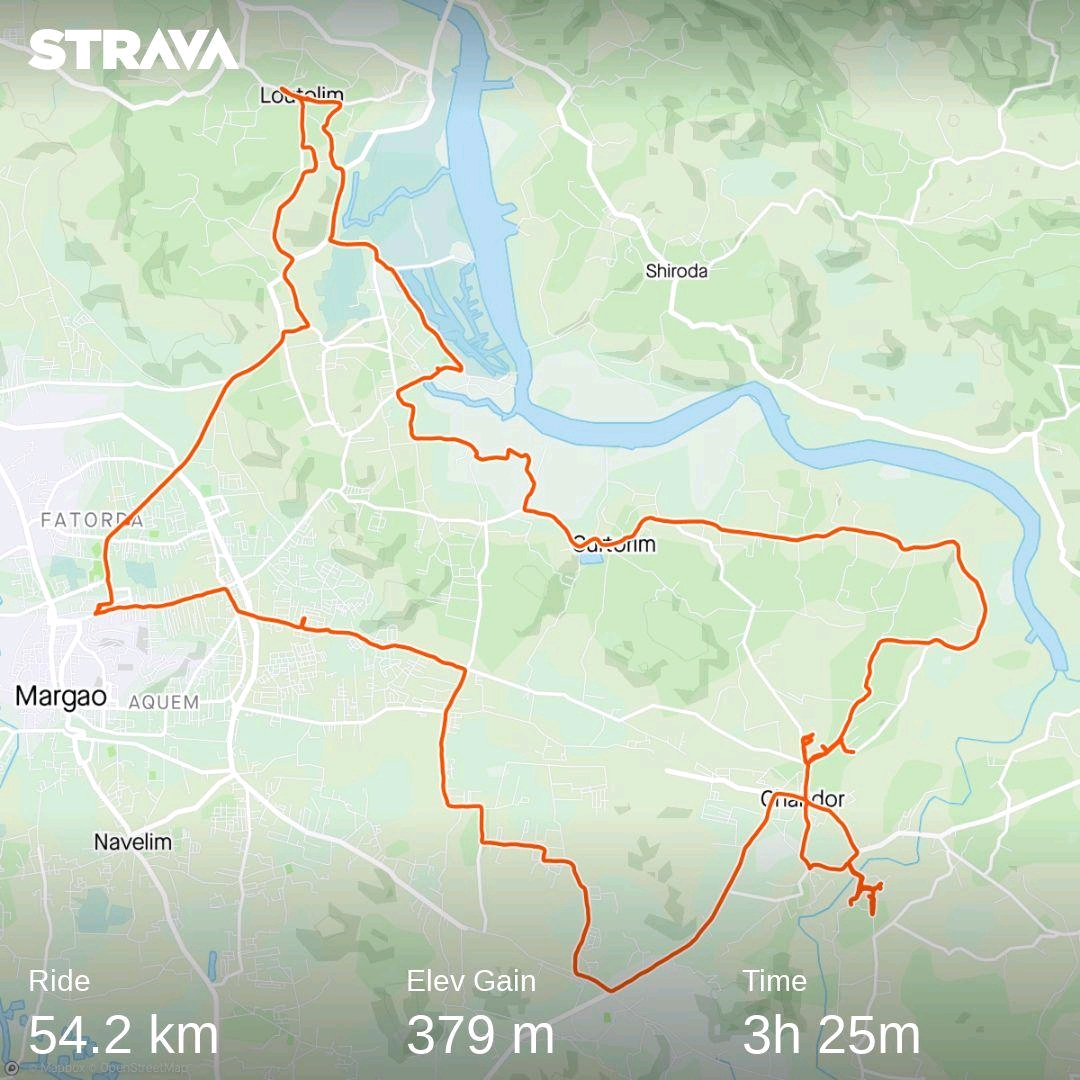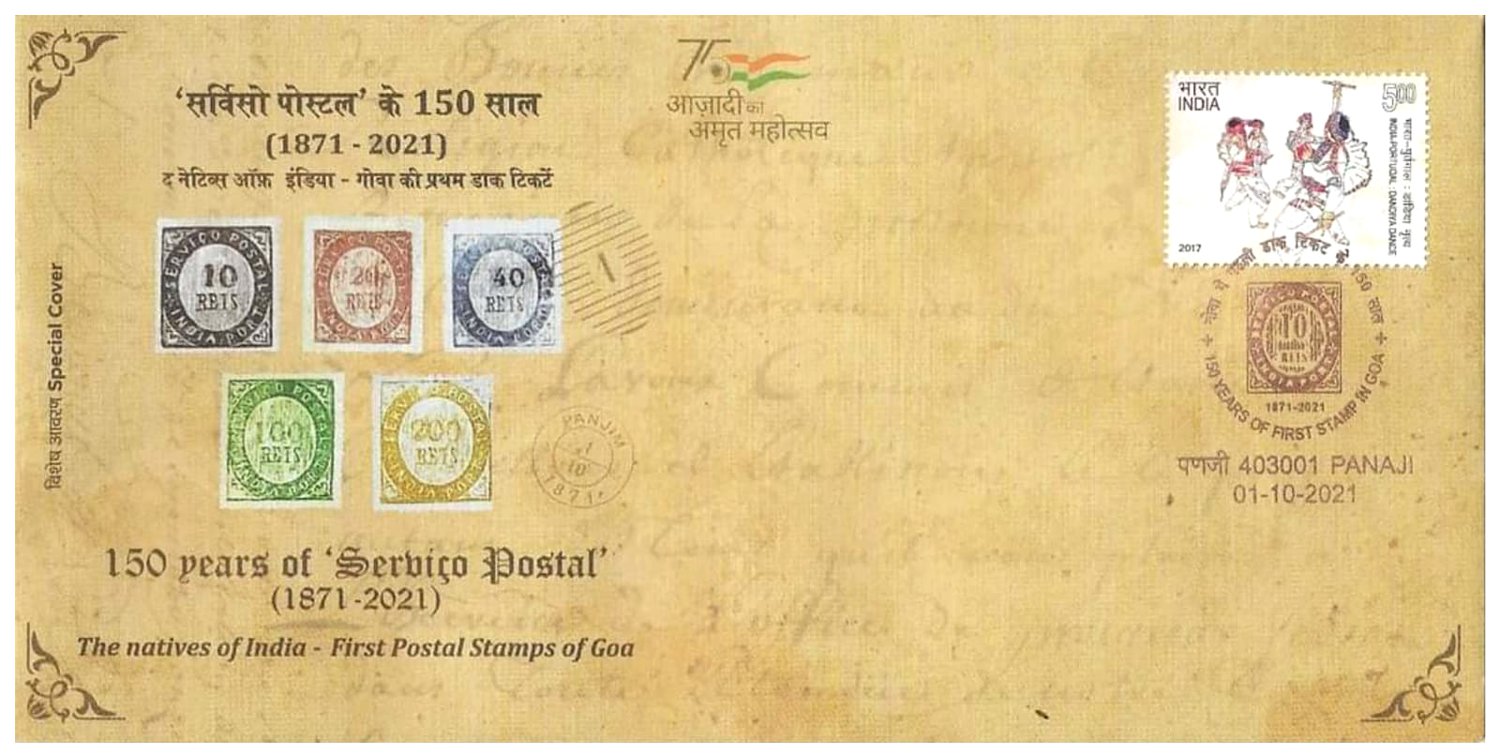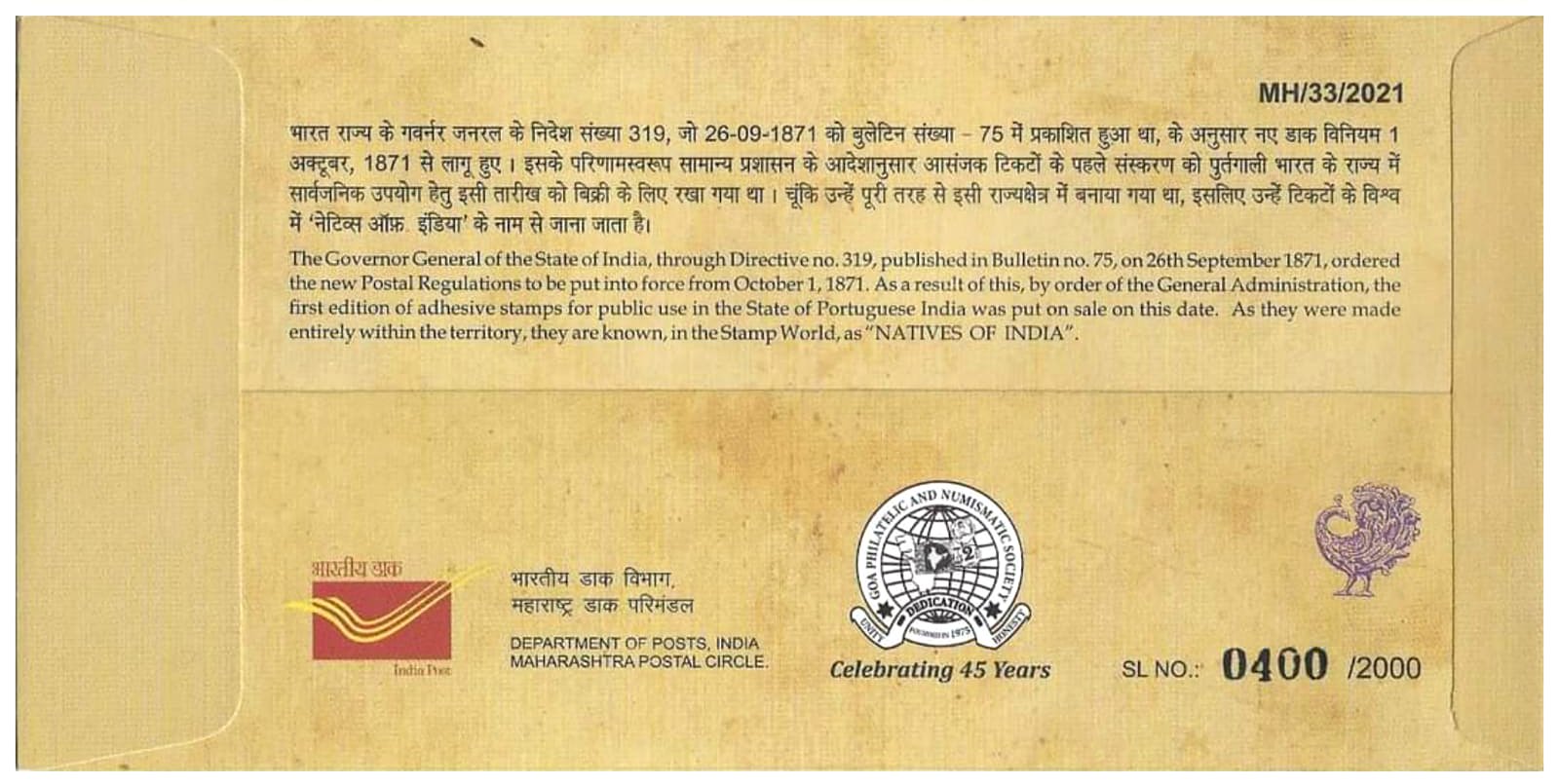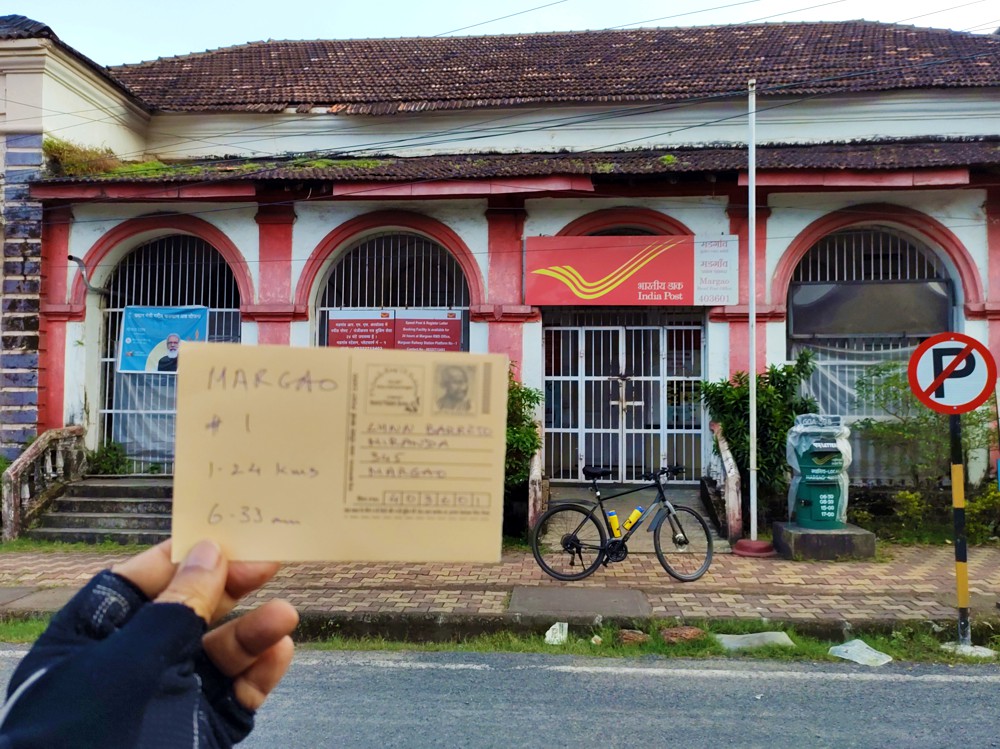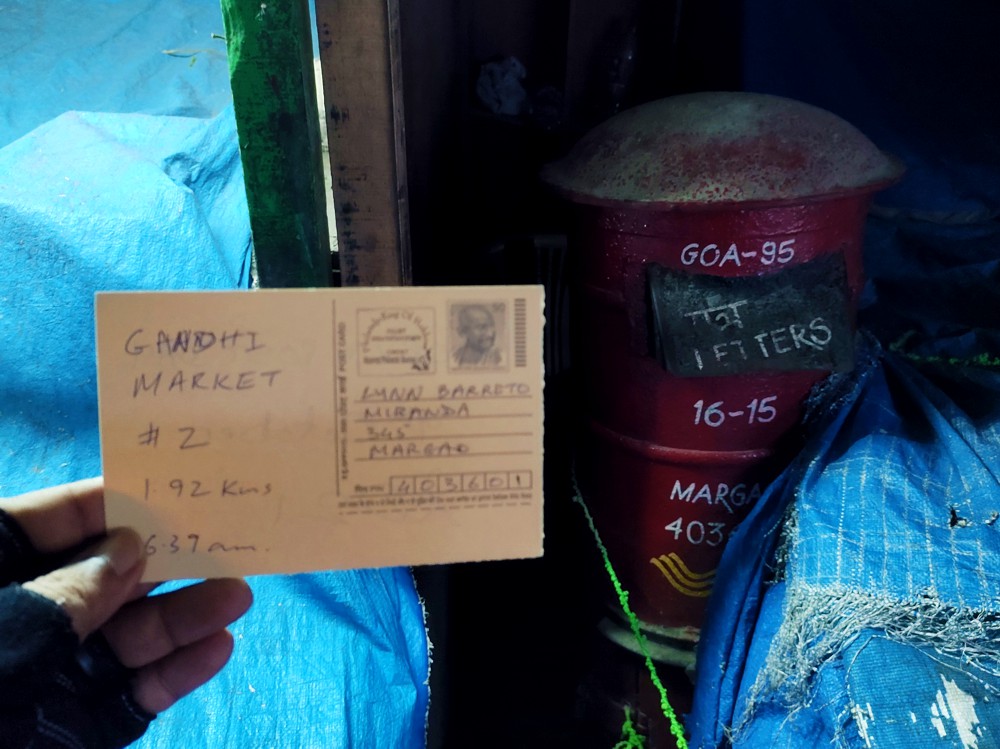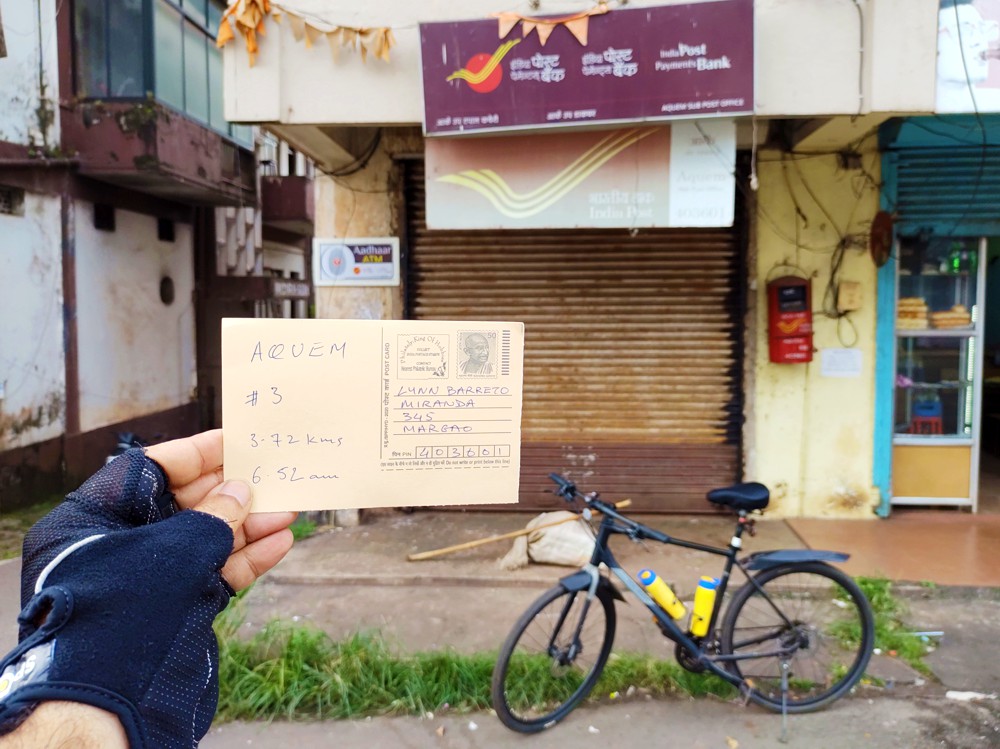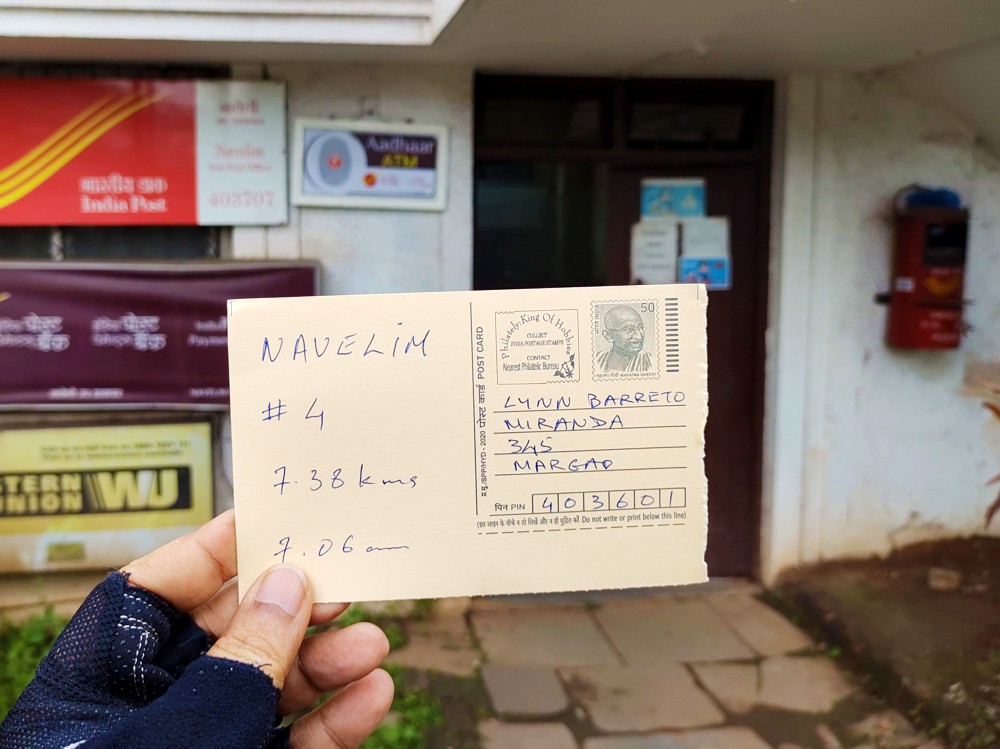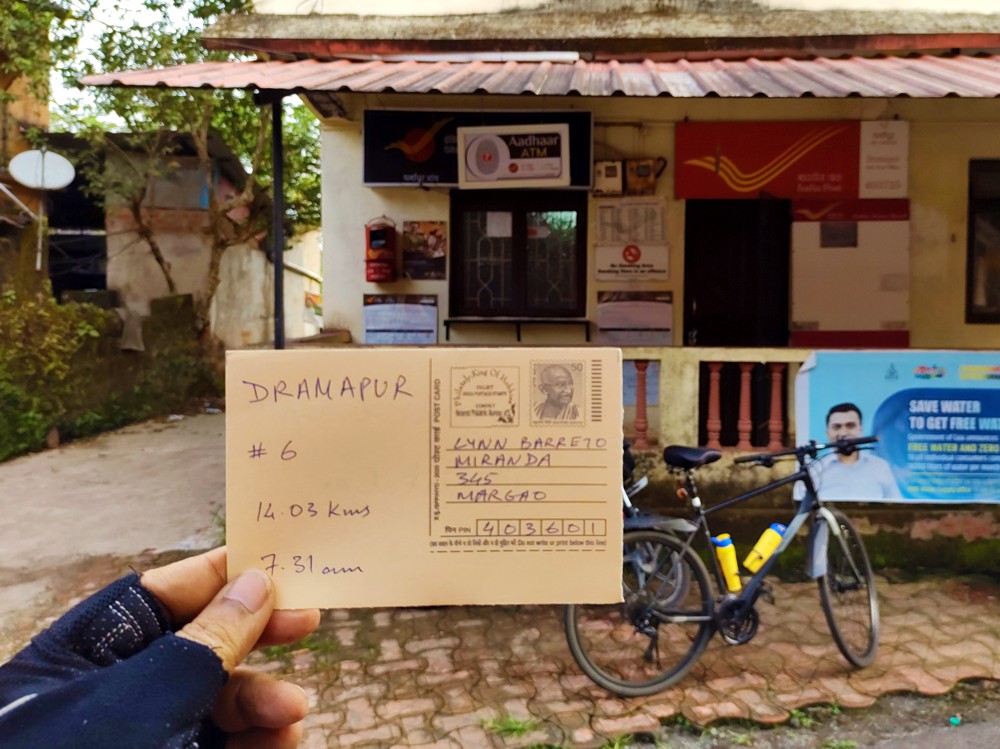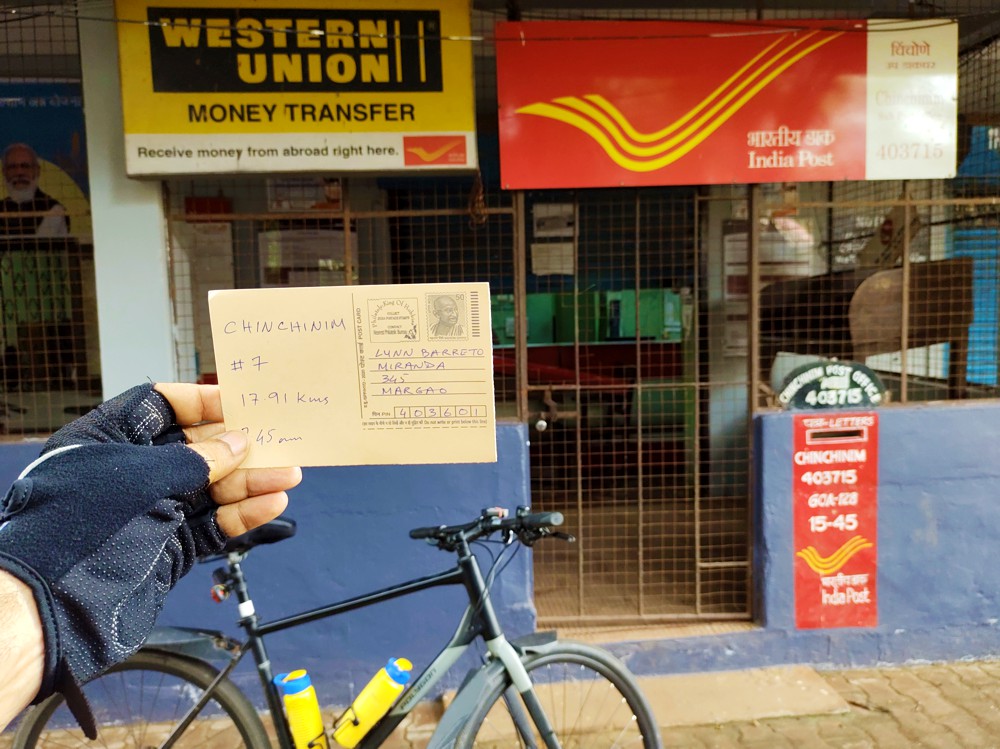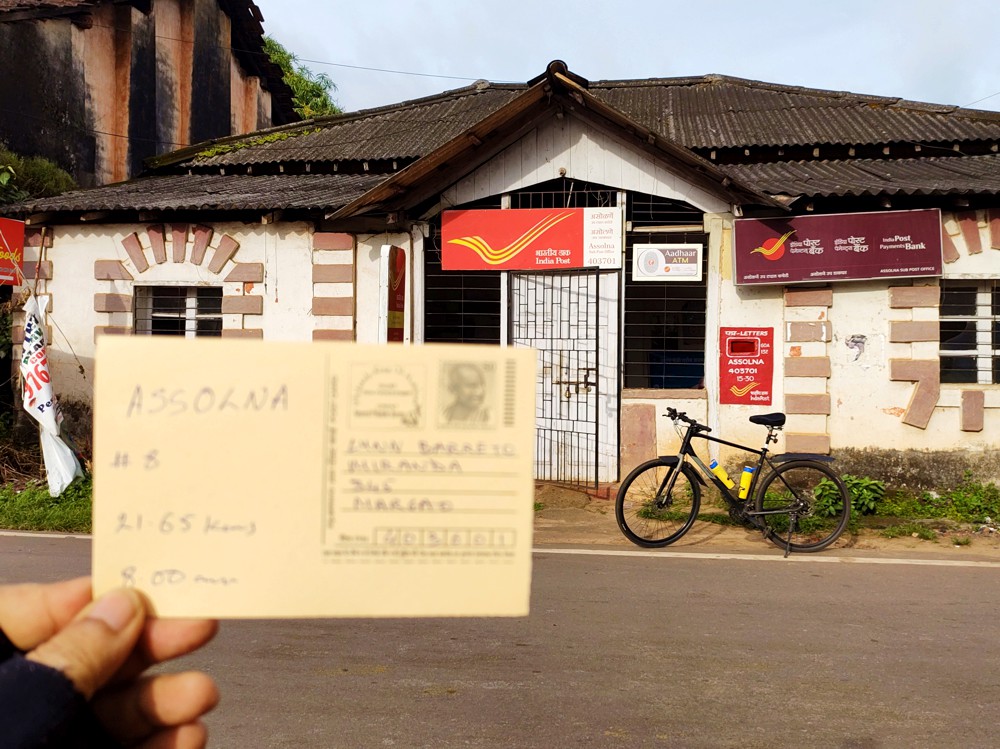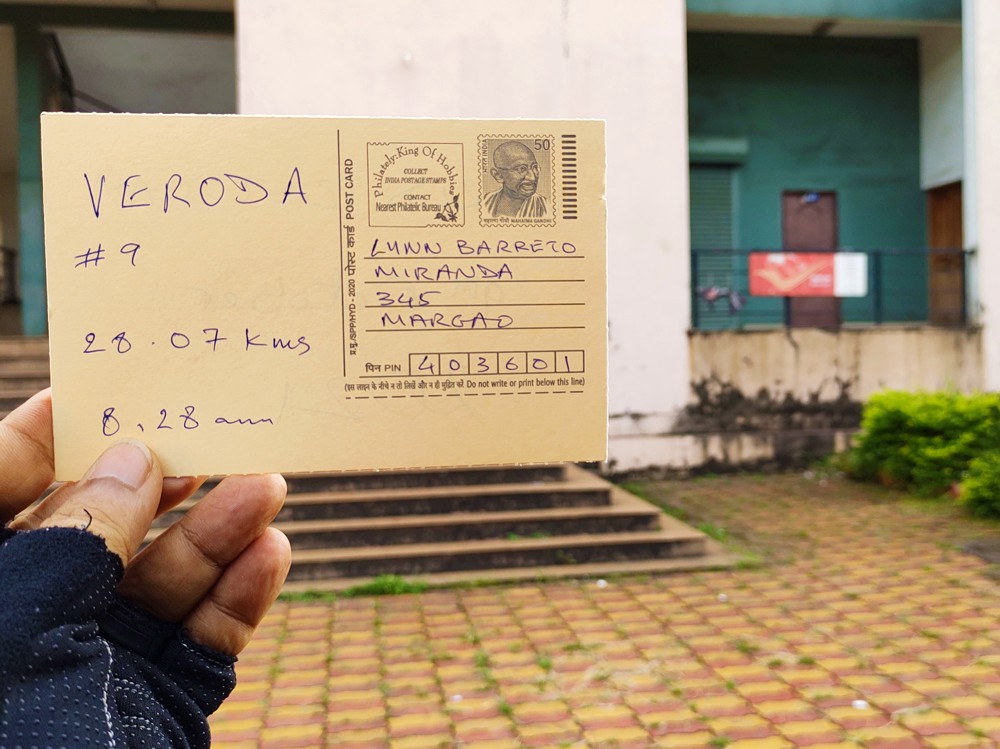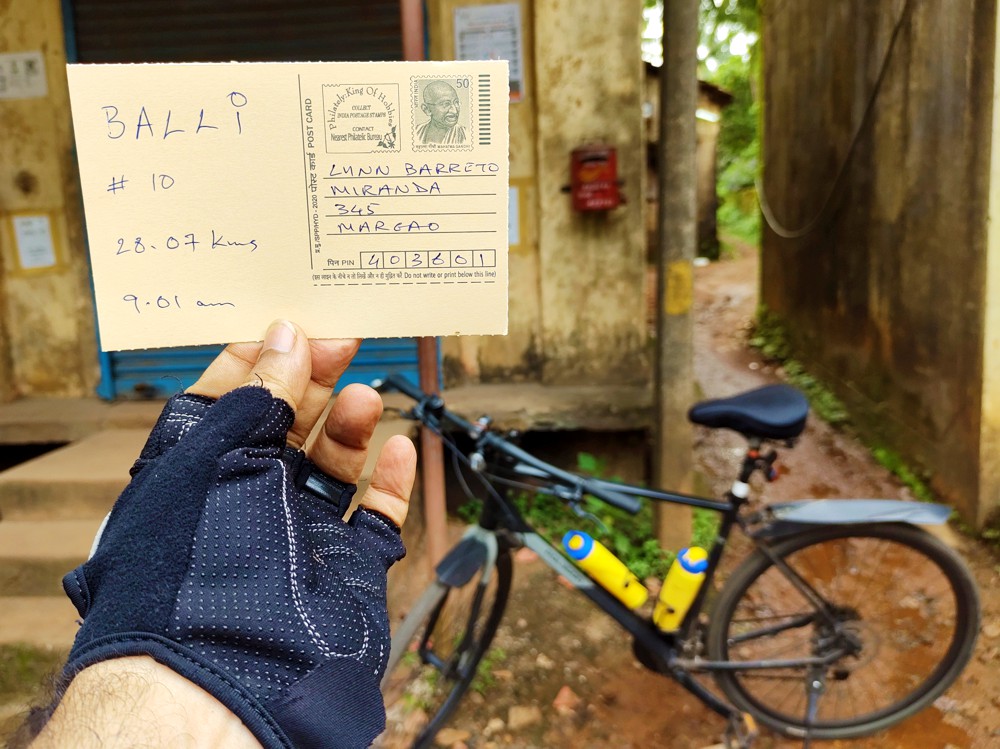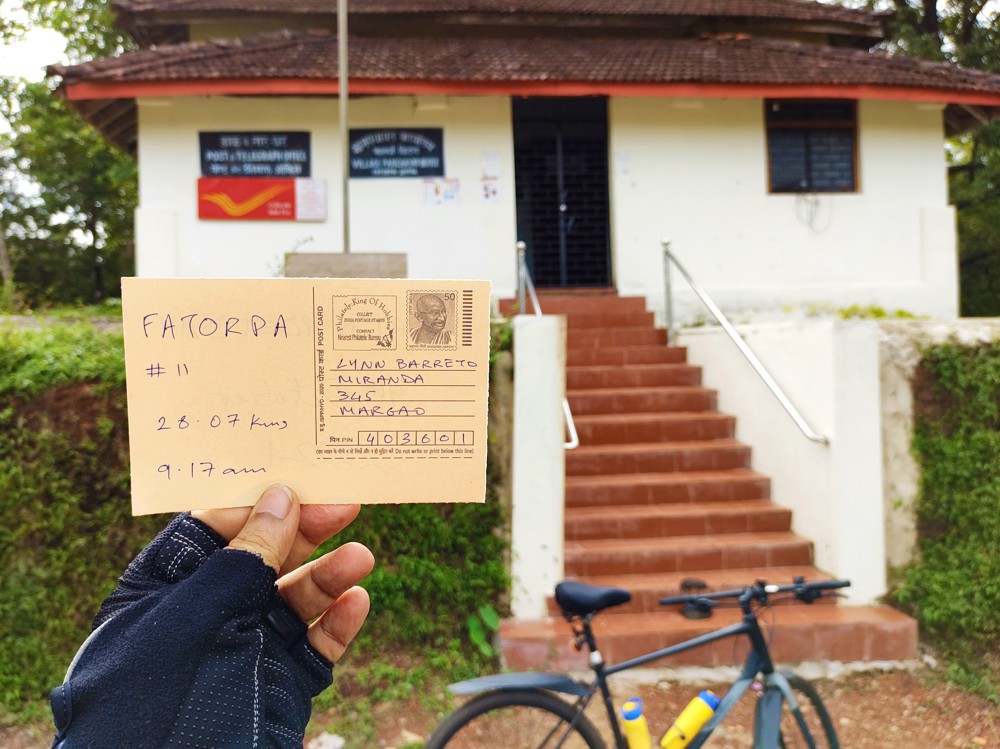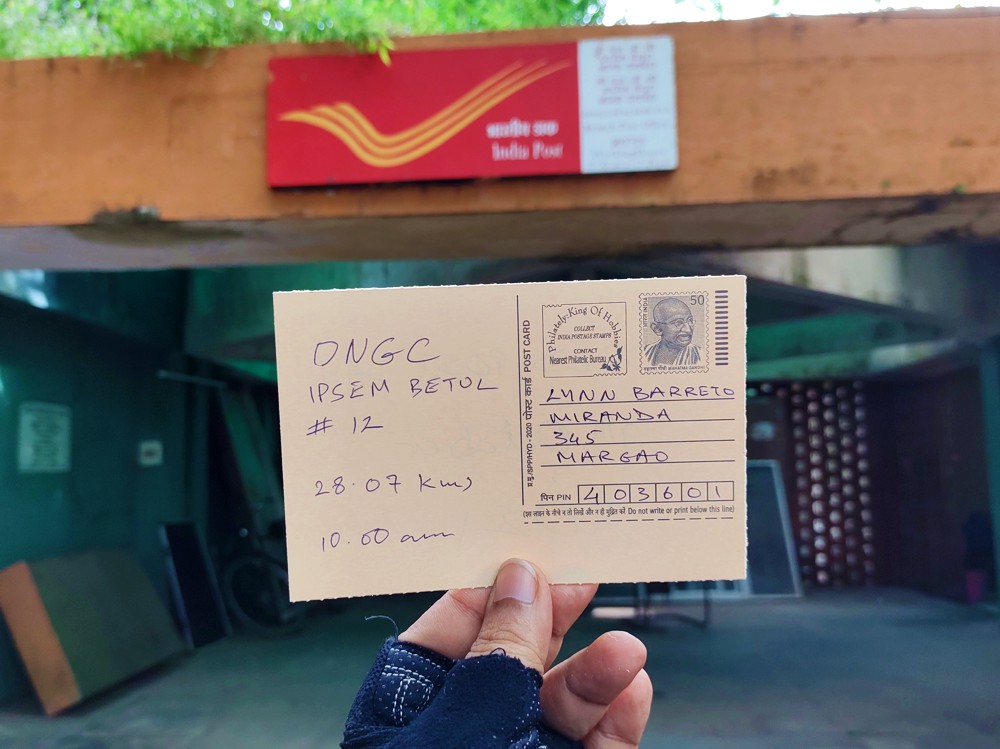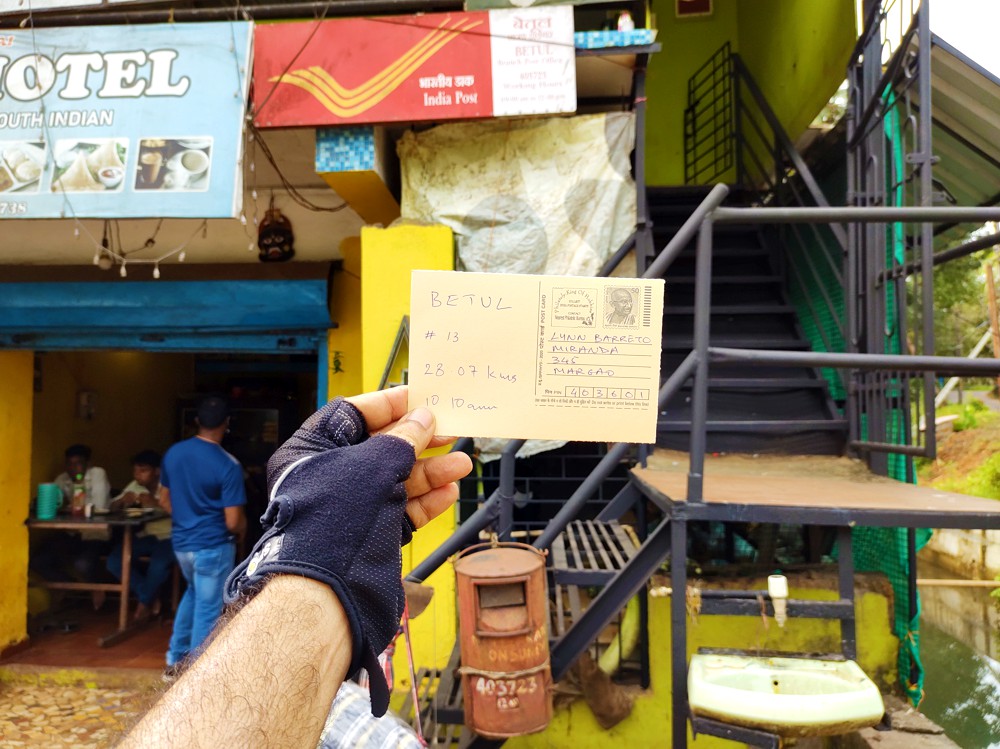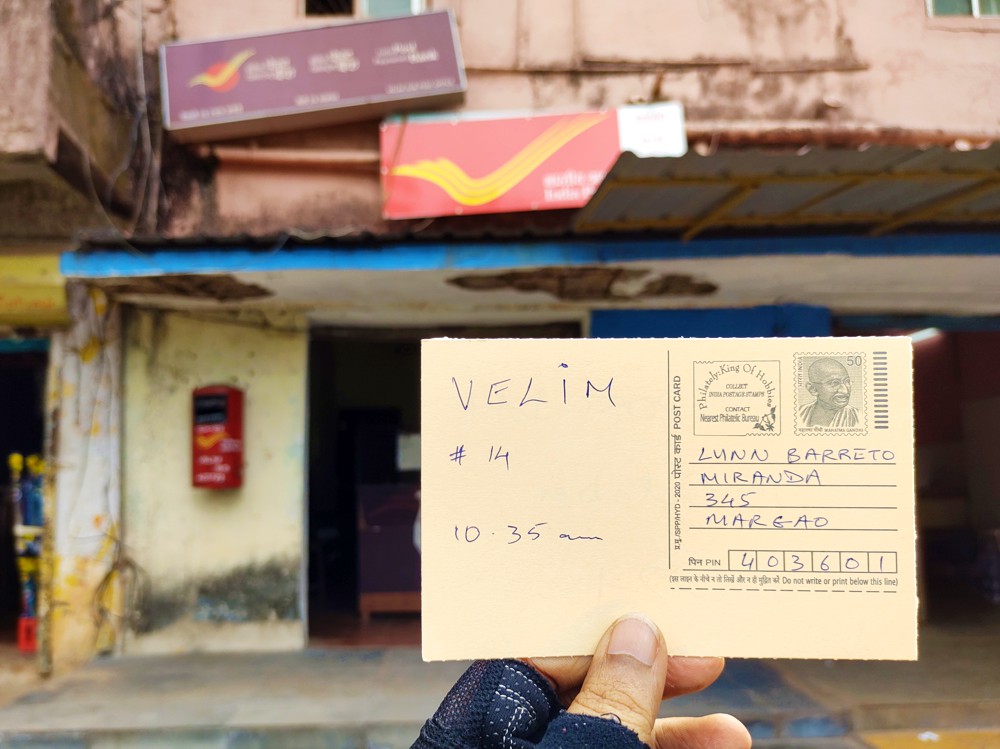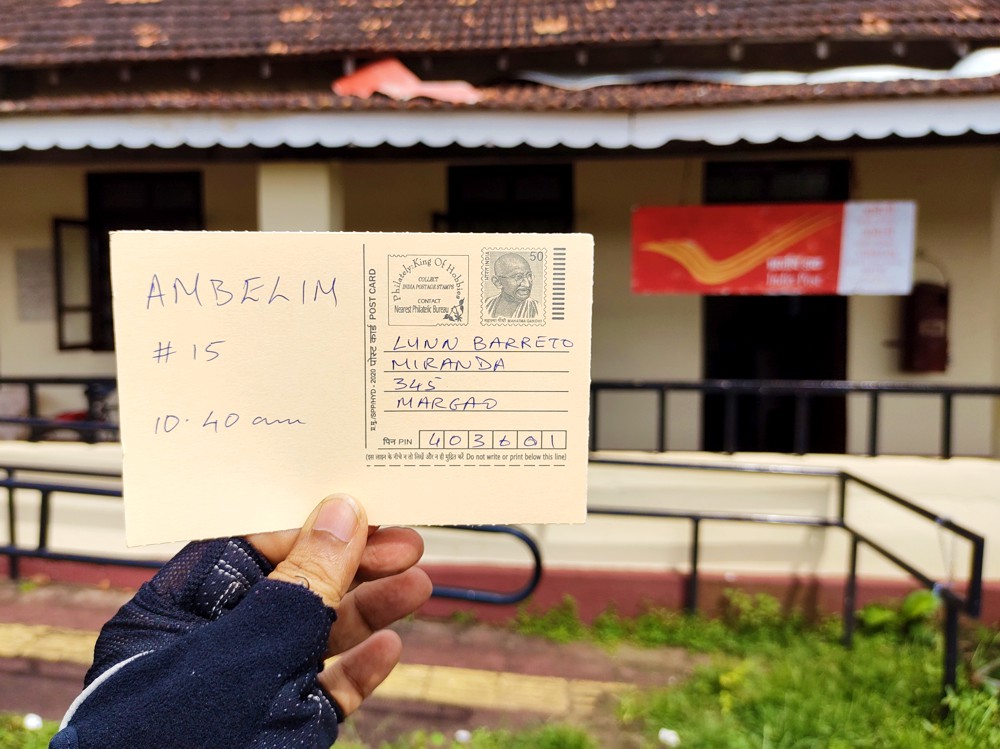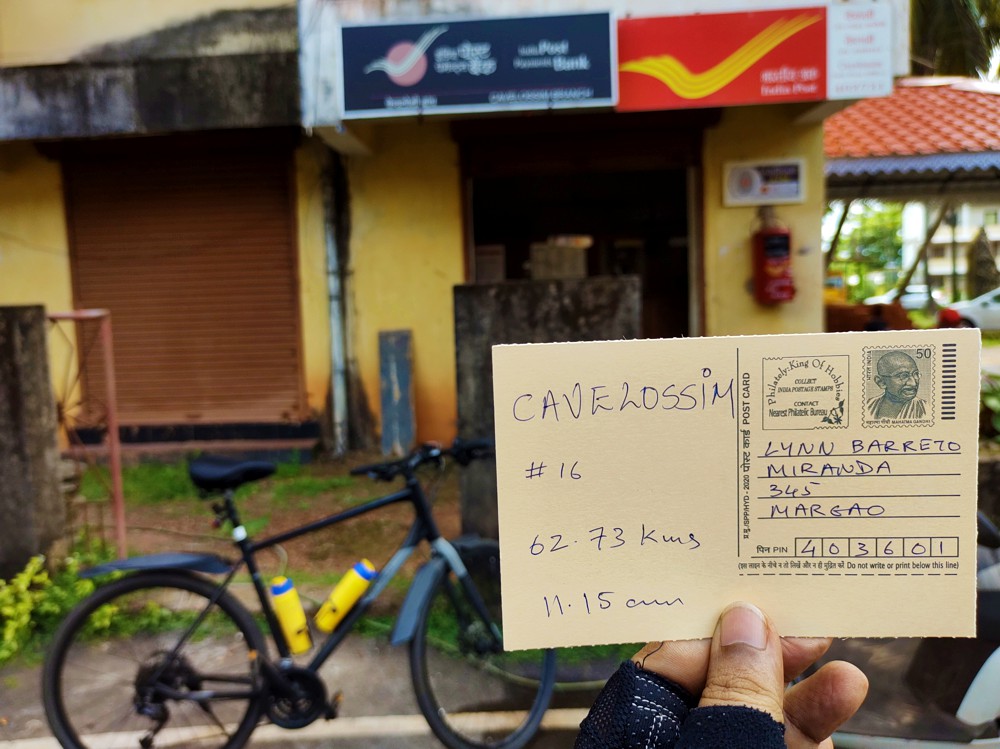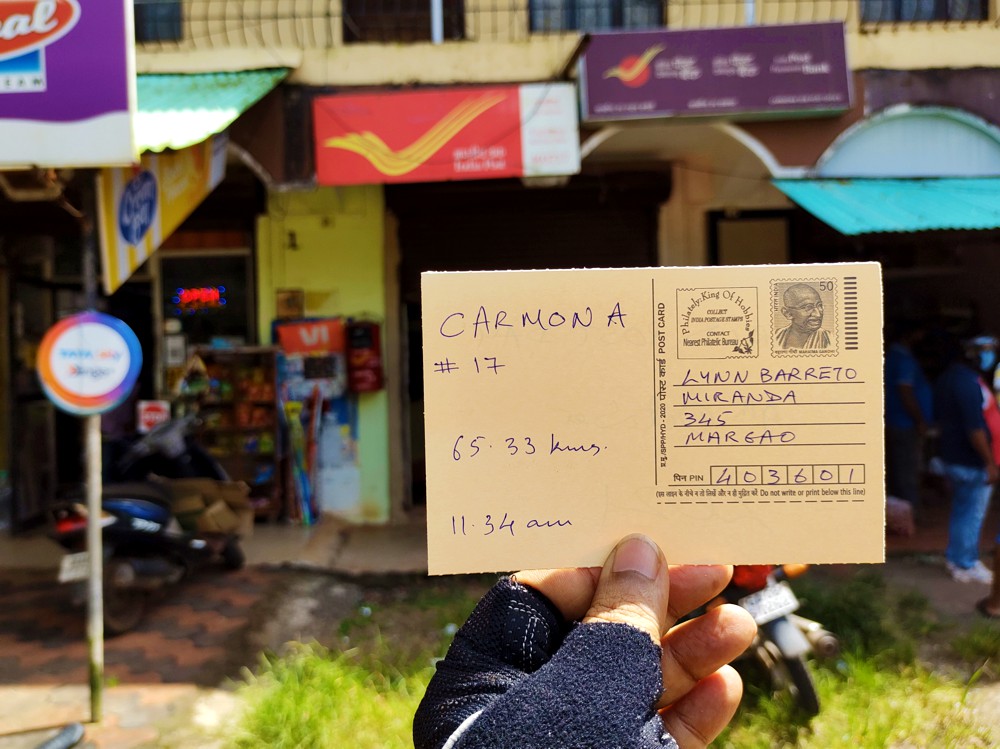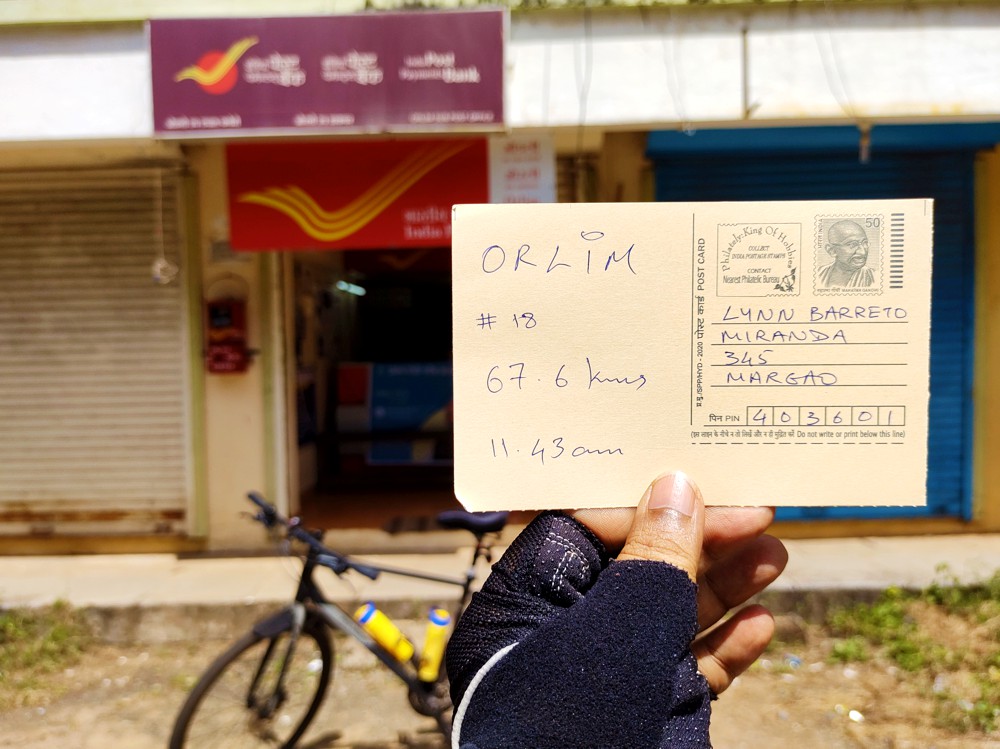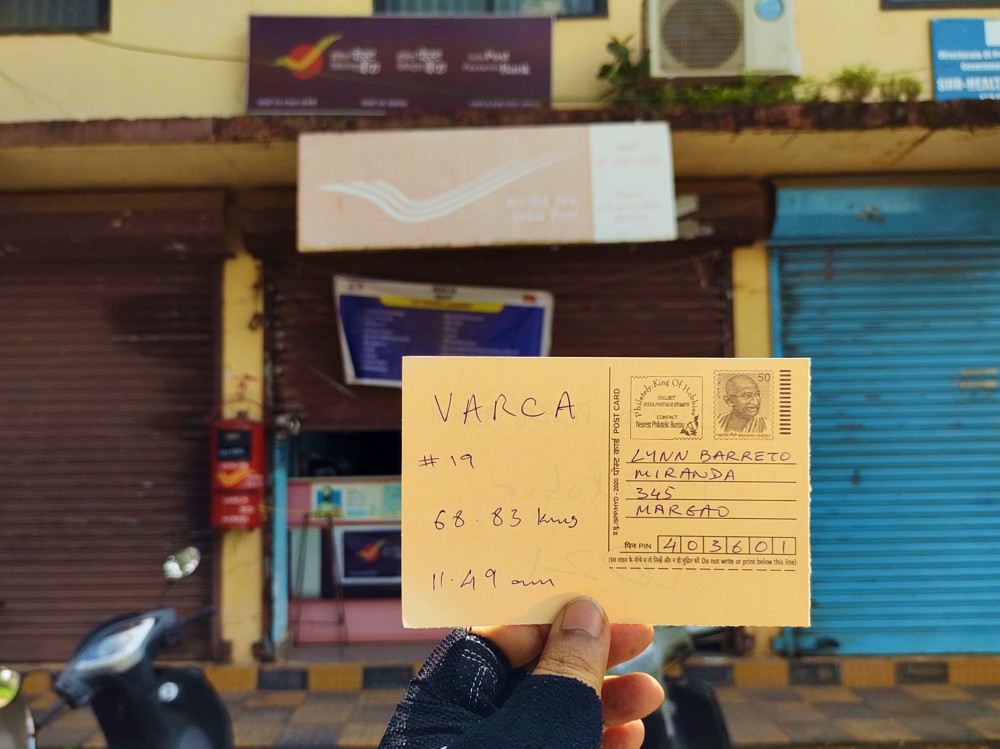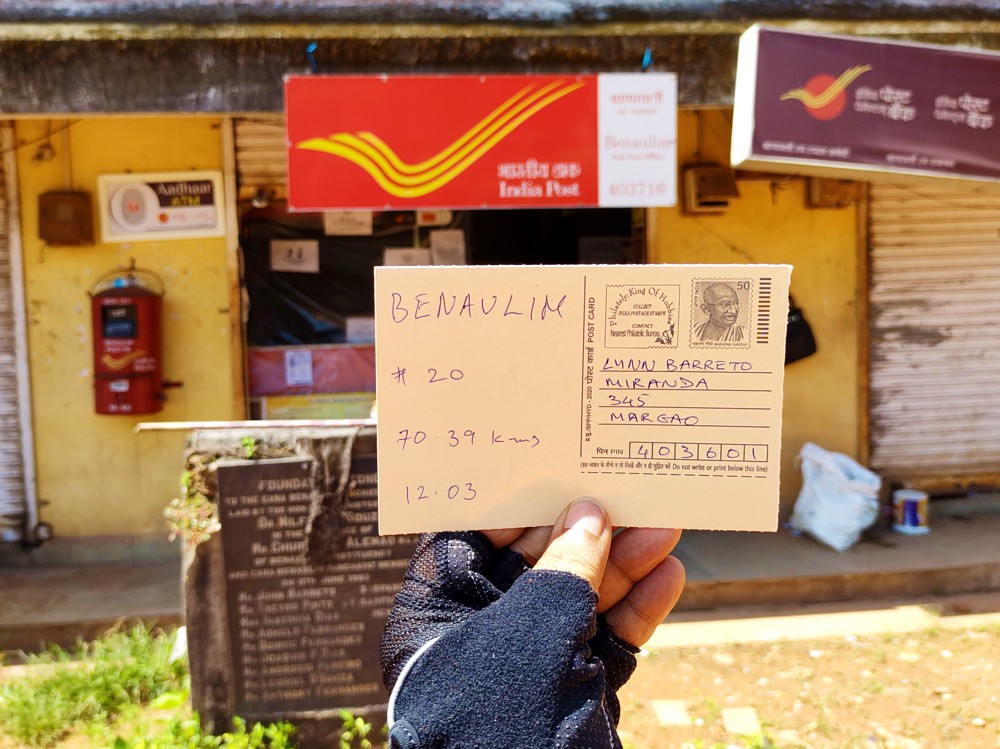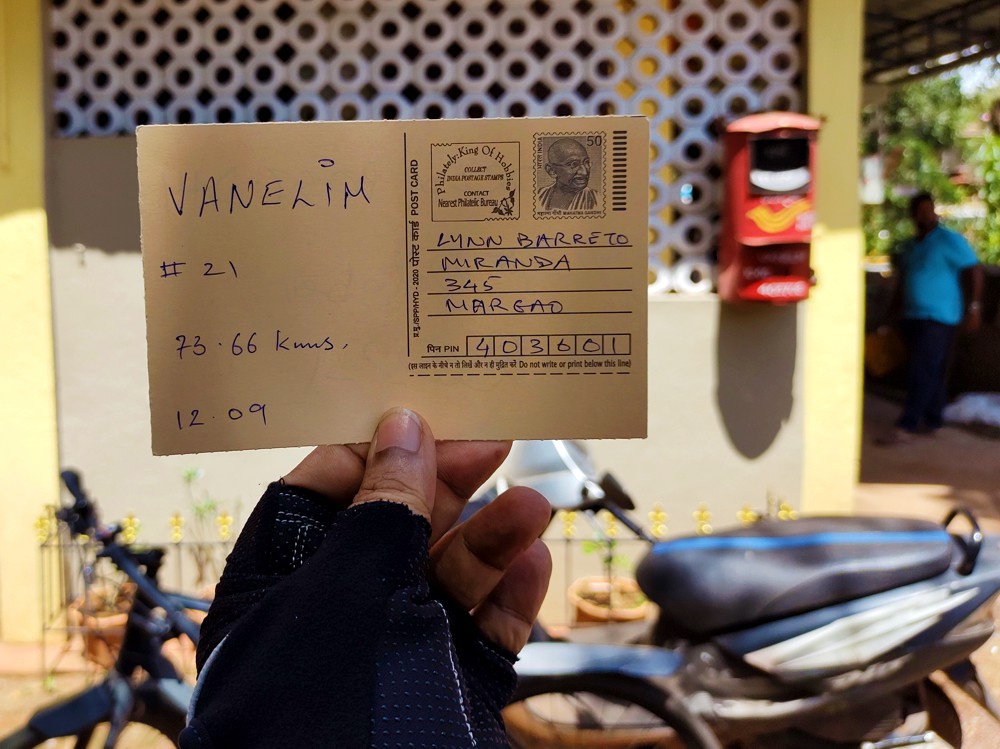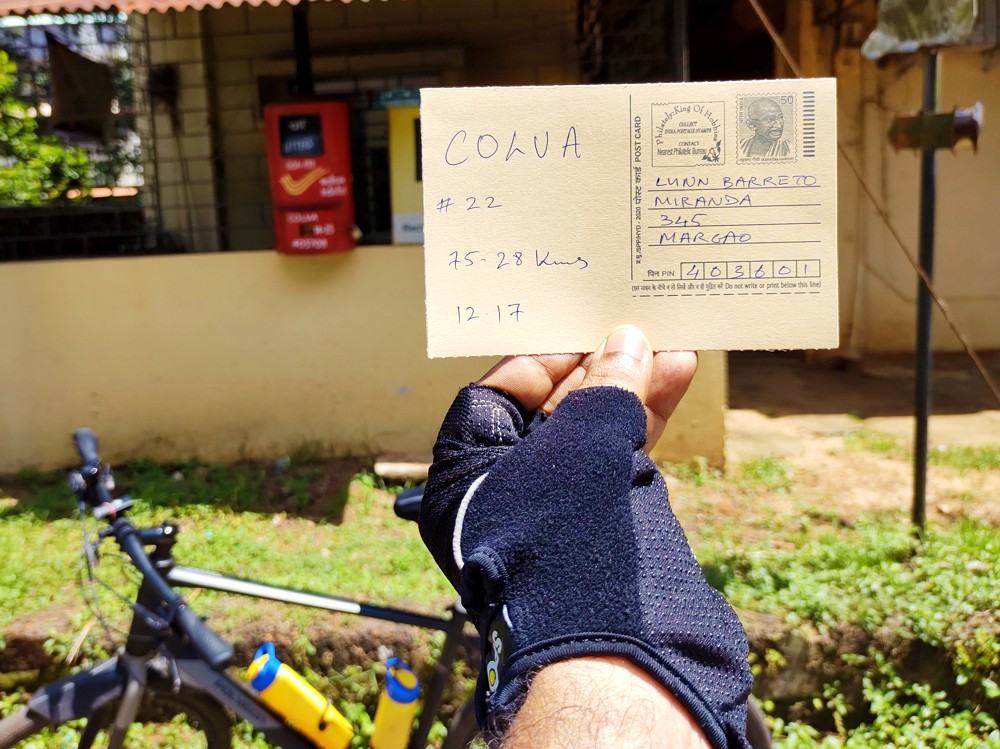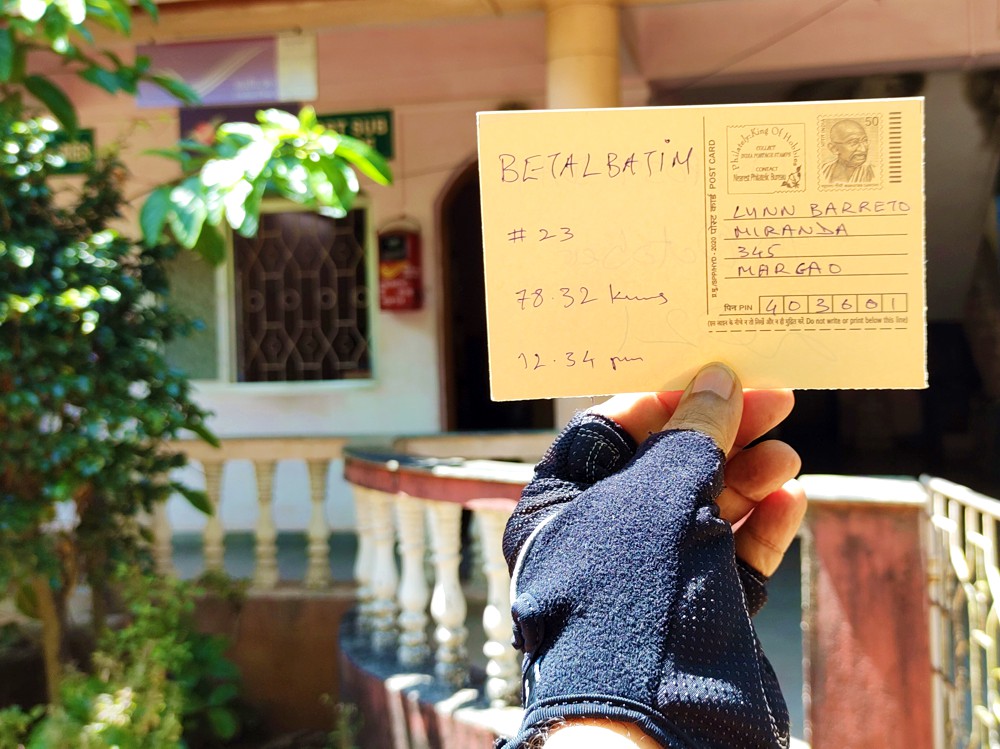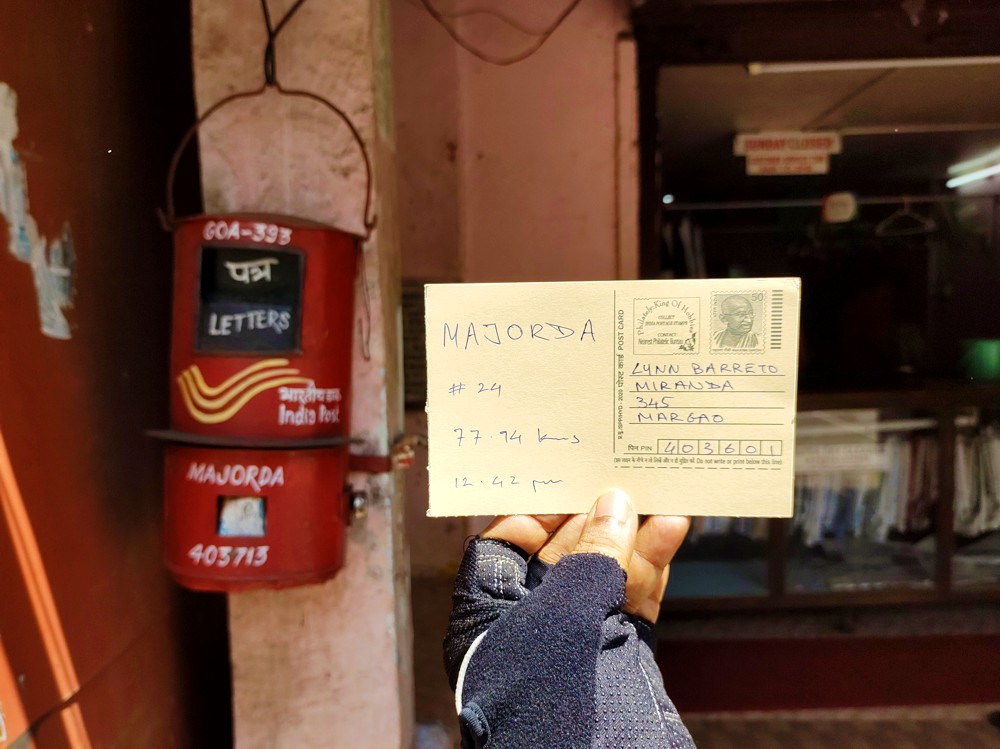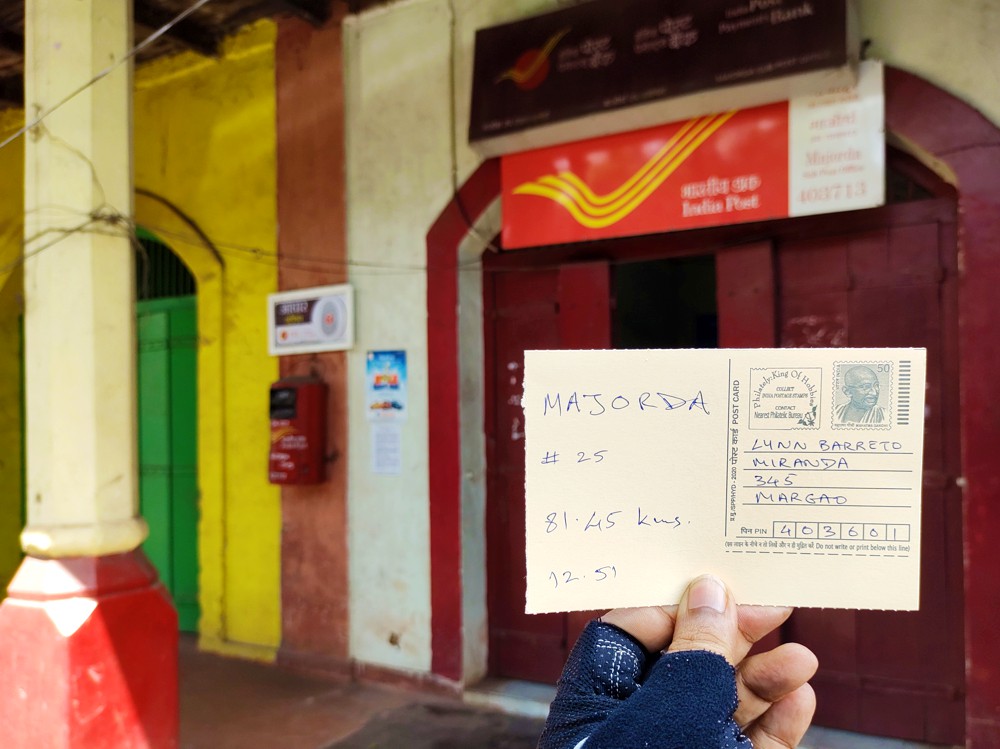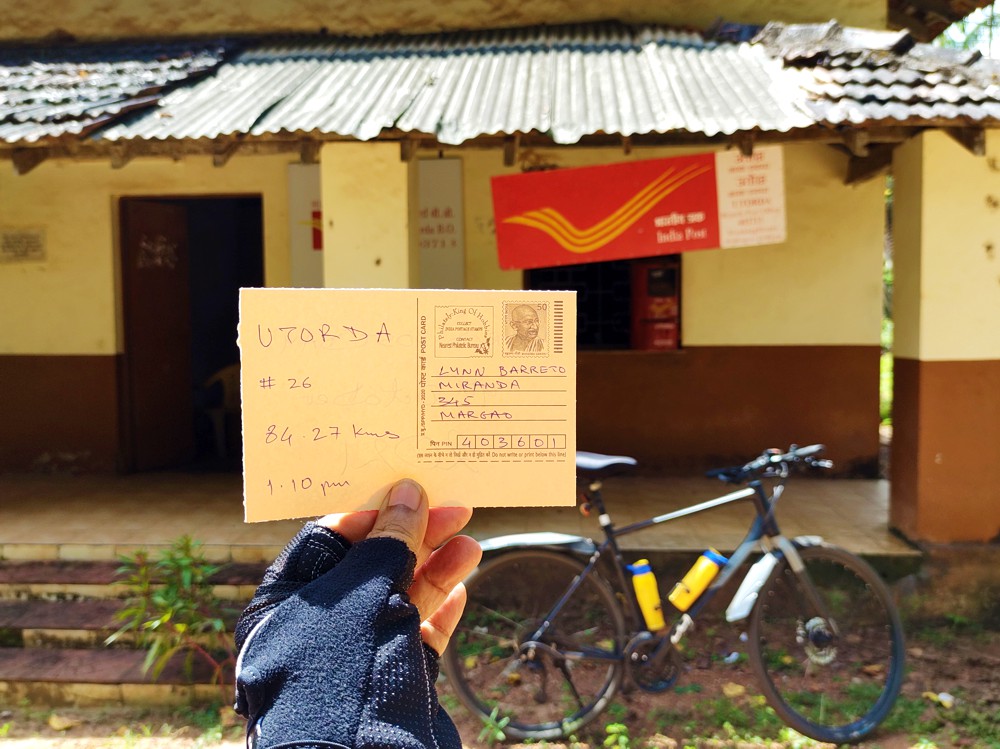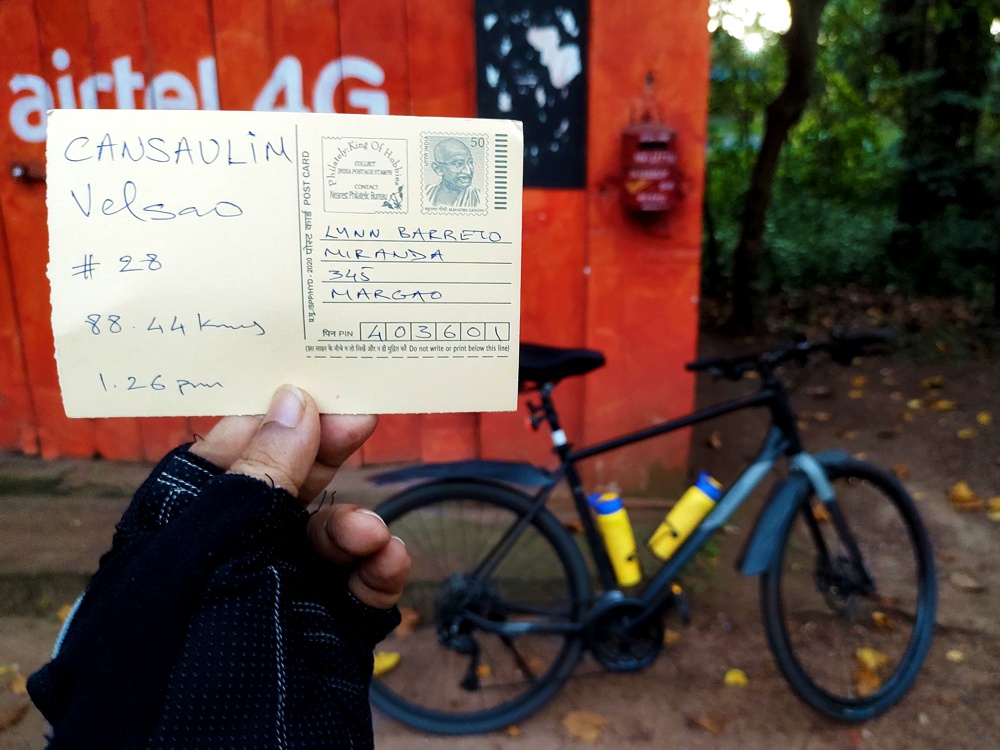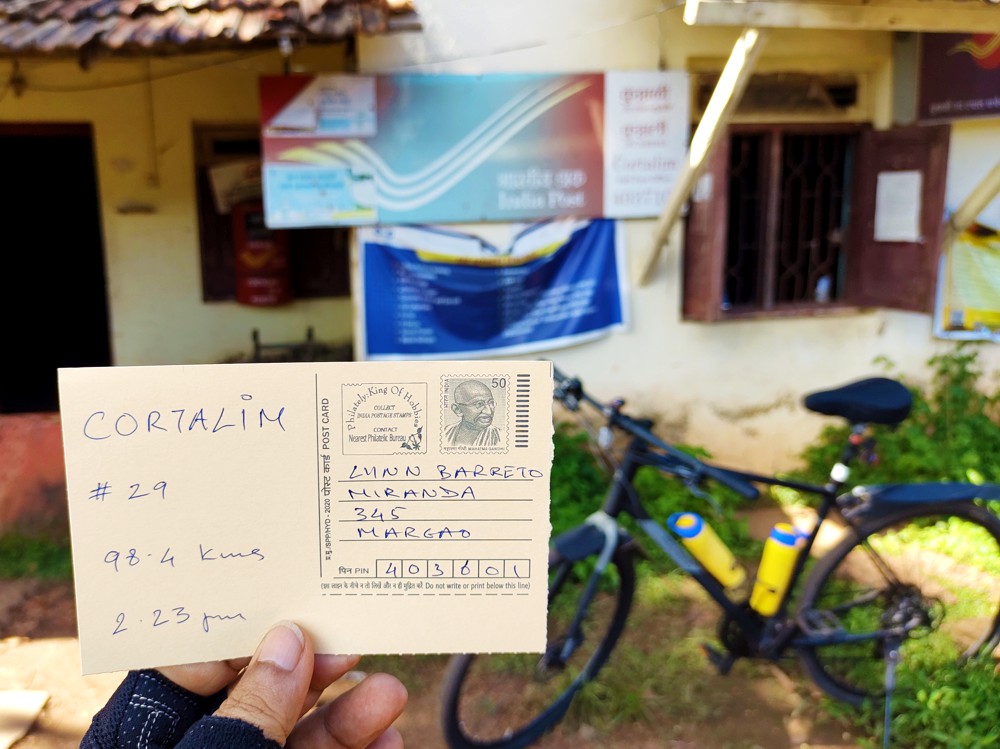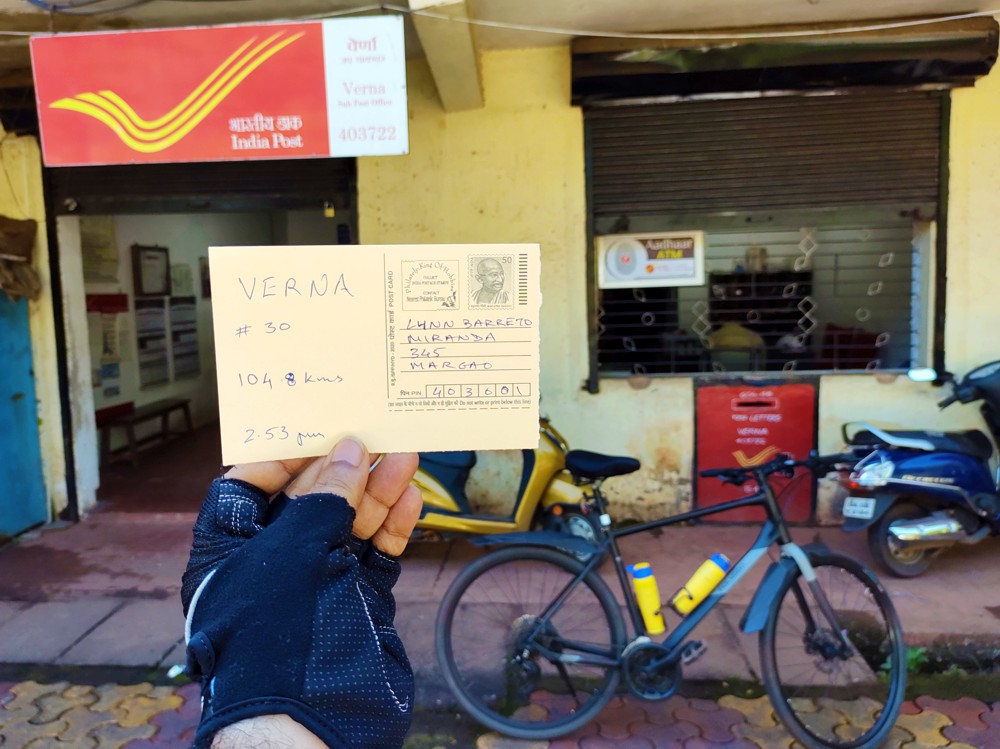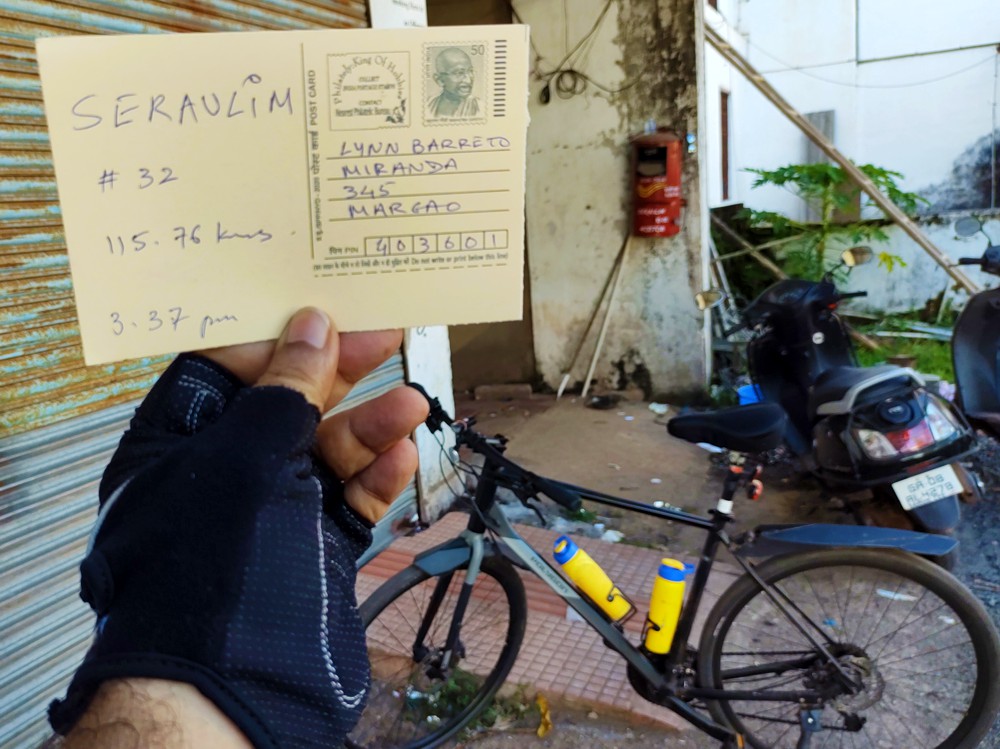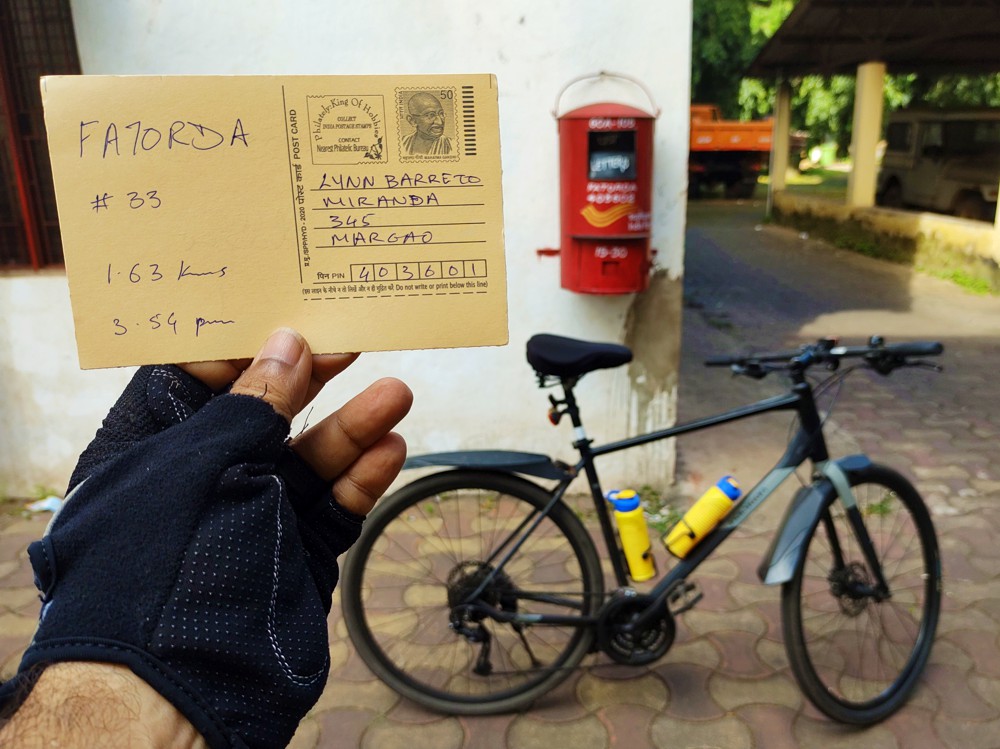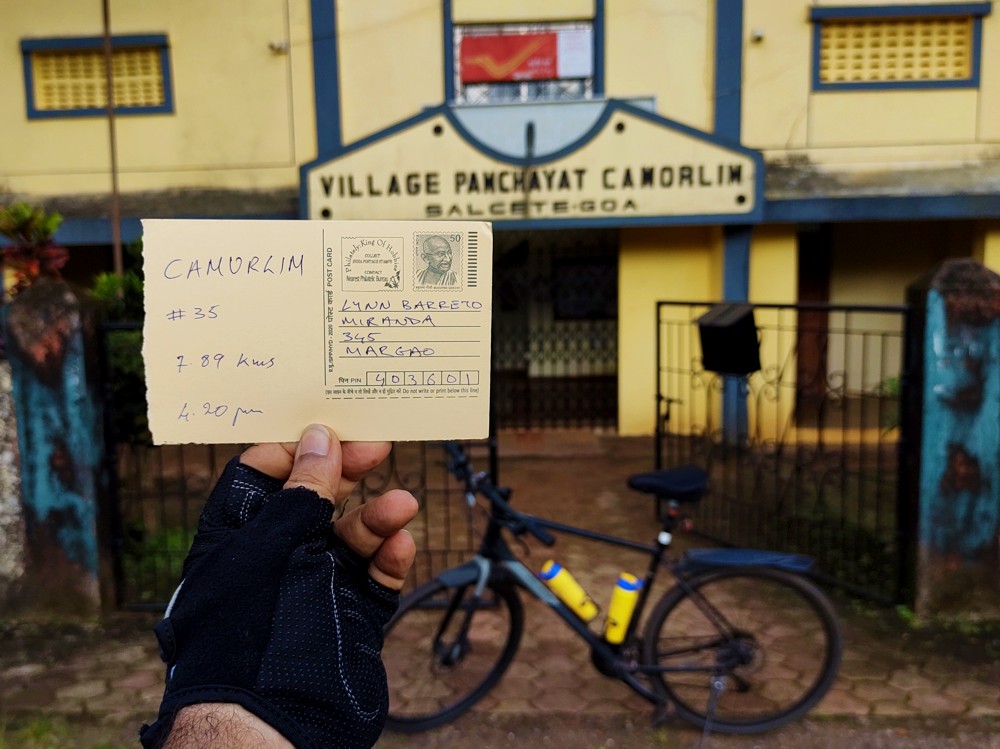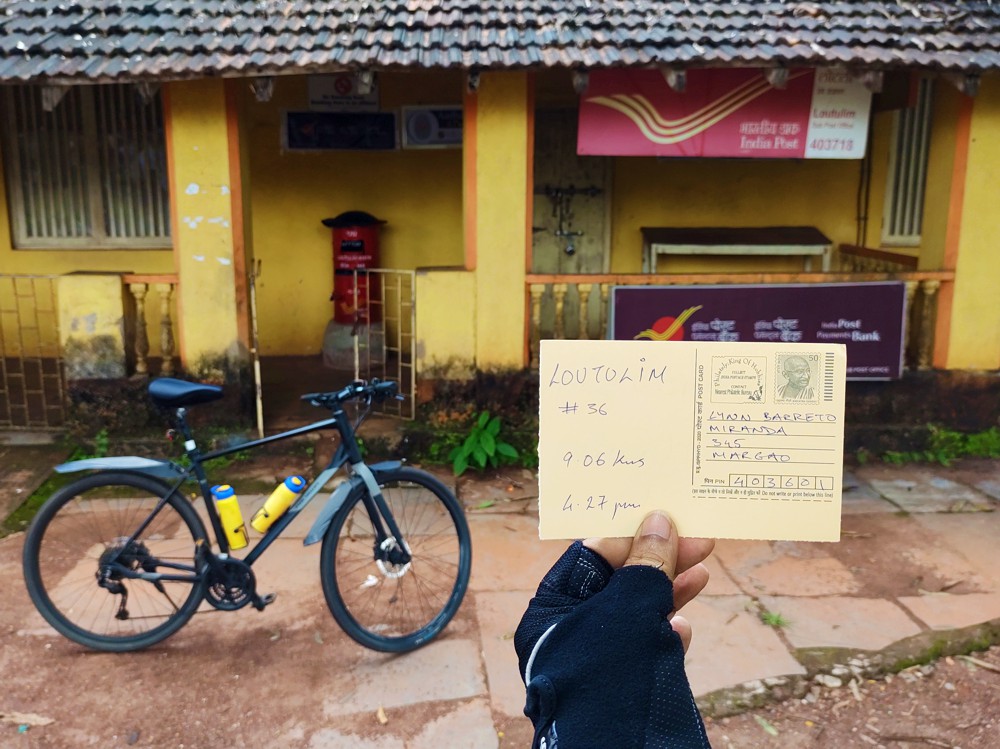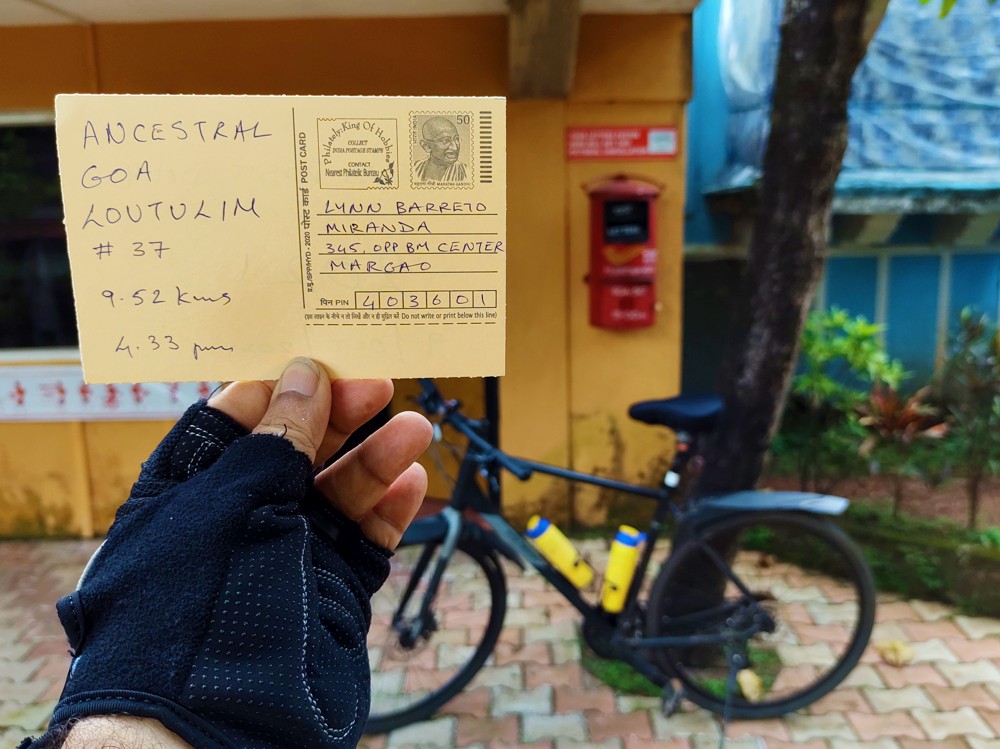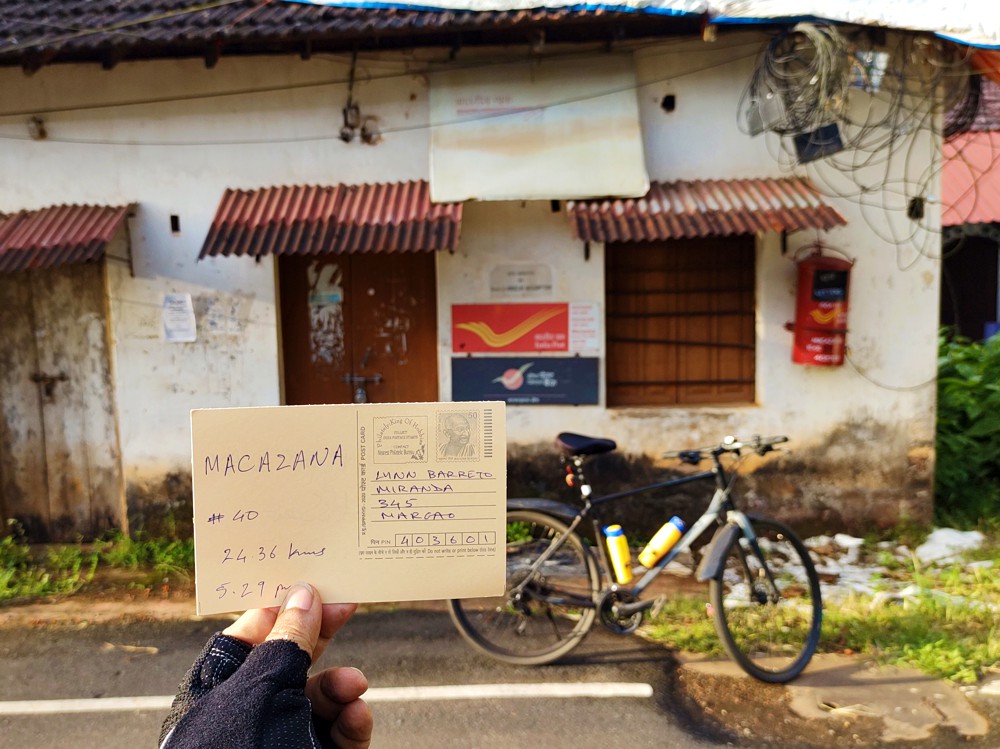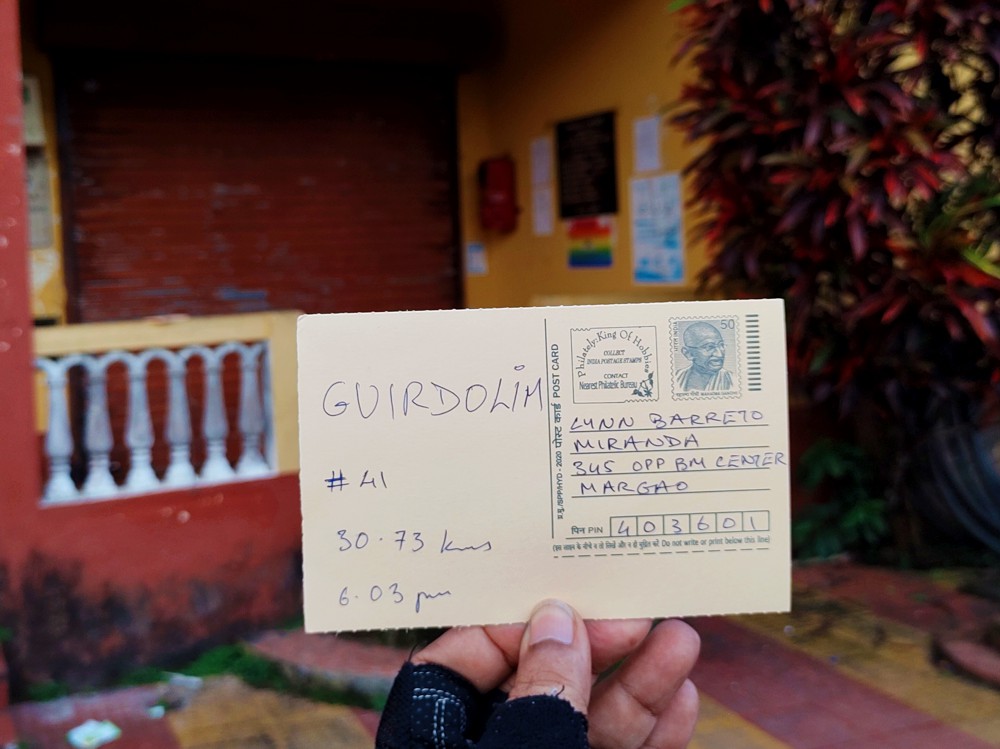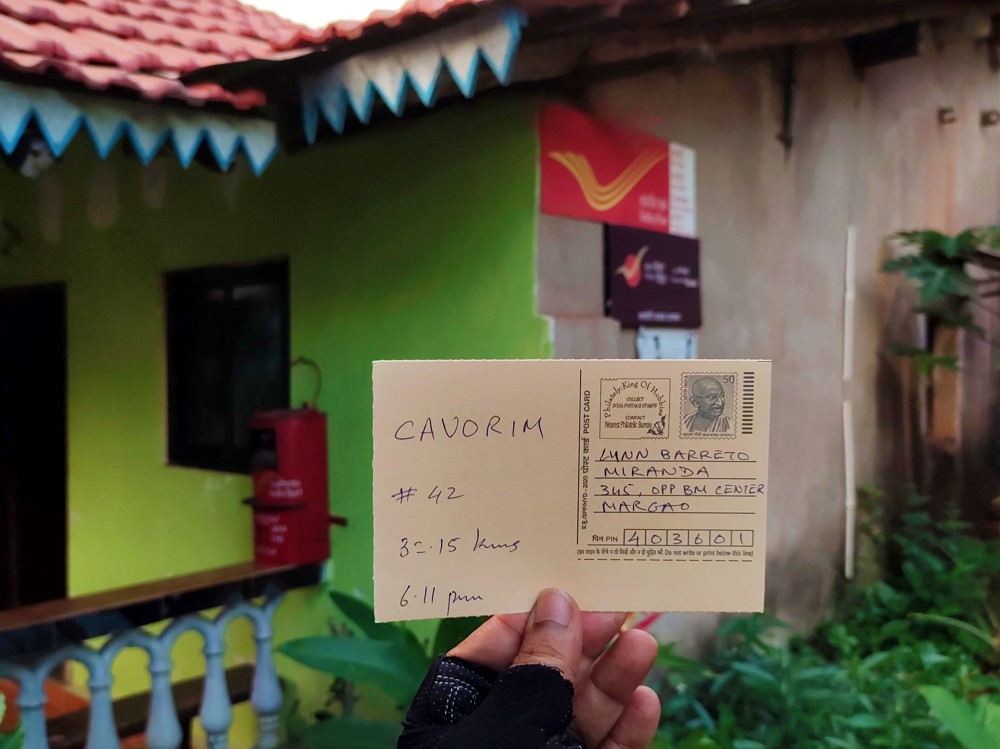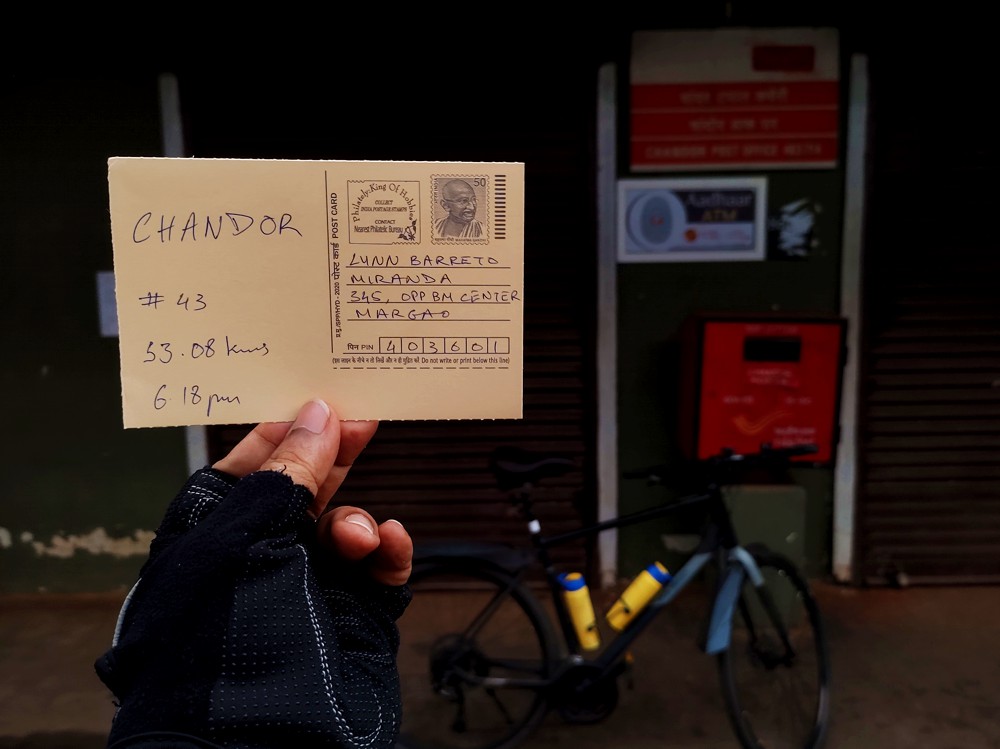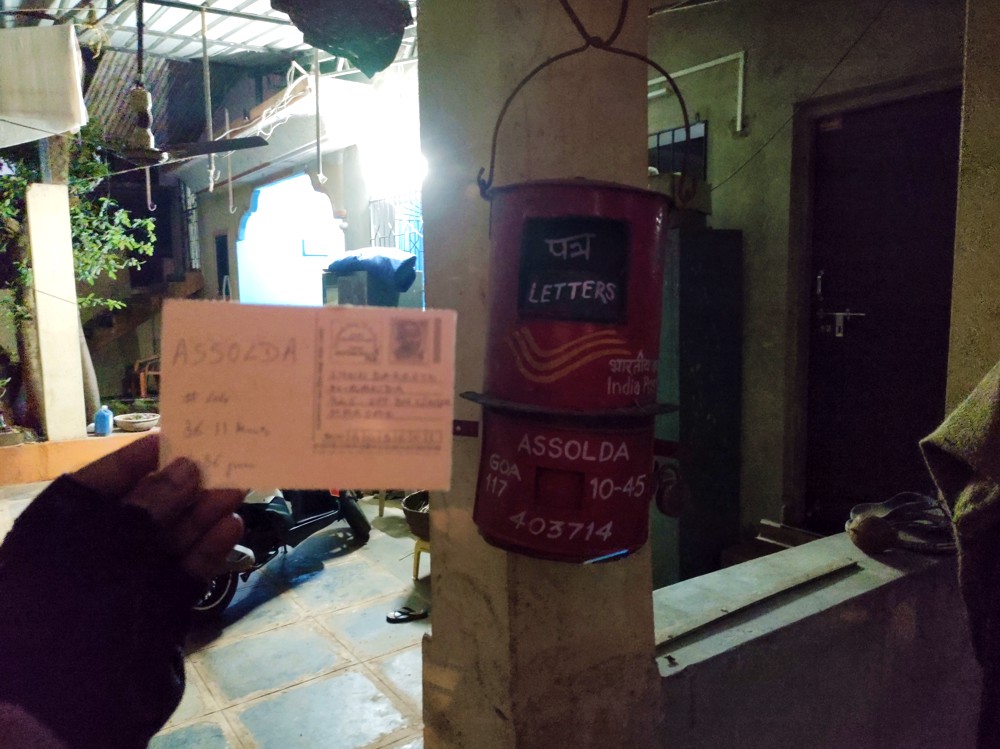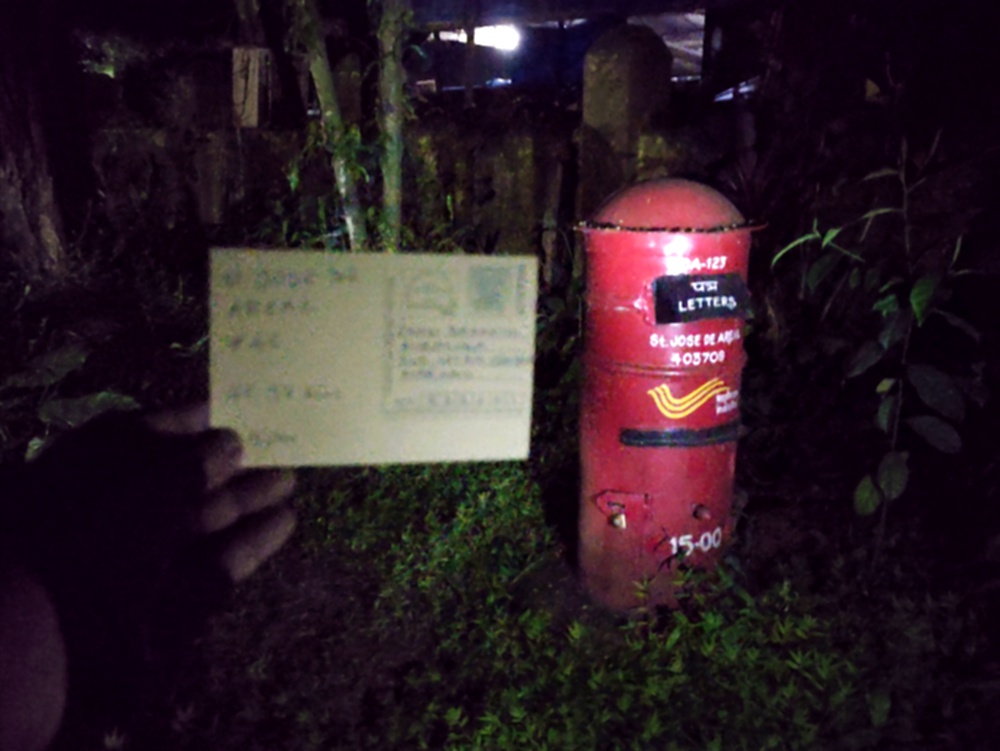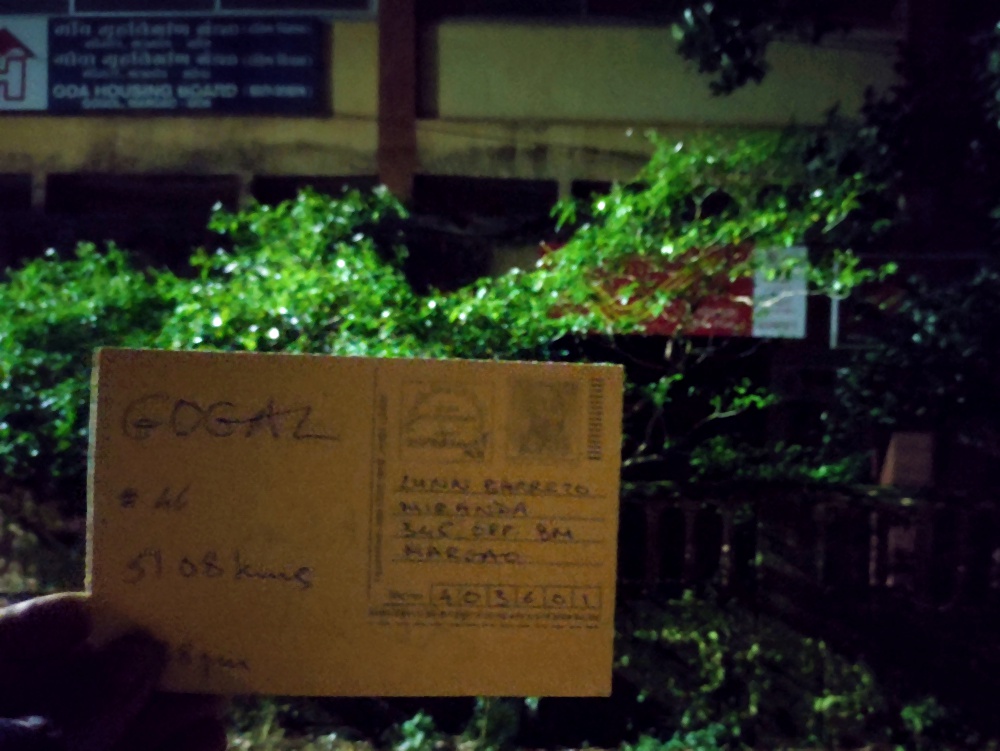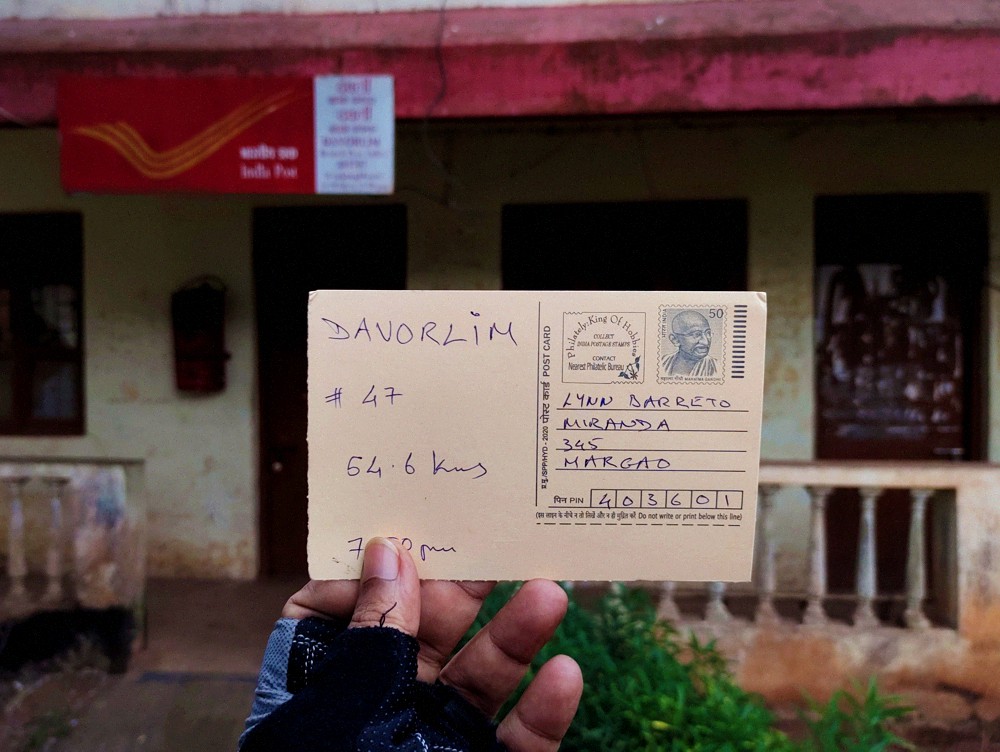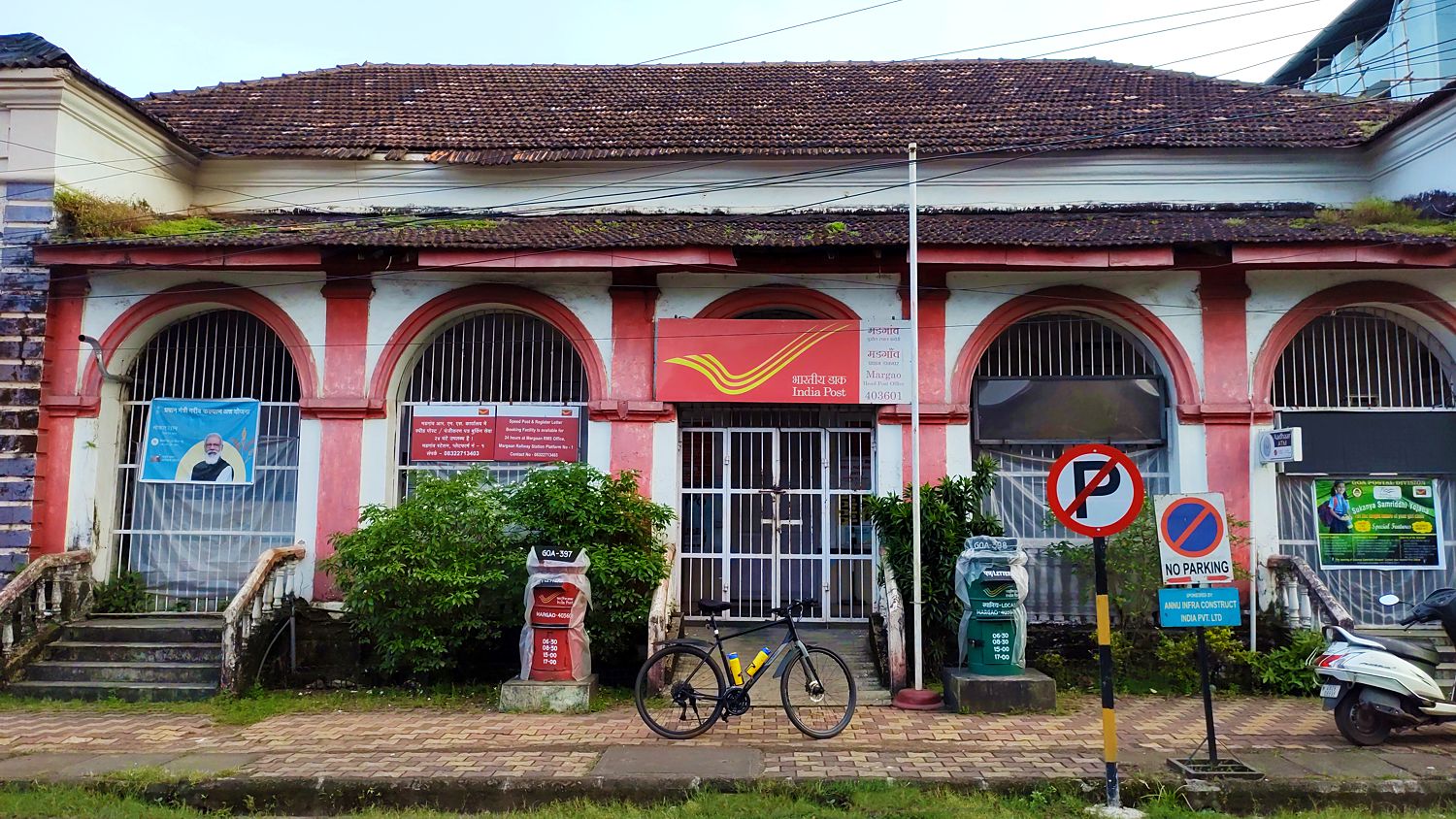
Every time I go for a cycling ride, I prefer to explore new routes, and during these rides, I’ve seen many post boxes, each unique in shape and size.
Goa, a region within the Maharashtra postal circle, is divided into two postal districts, totaling 258 post offices. North Goa has 139 post offices, while there are 119 in South Goa, each with its distinctive Pin Code.
My plan was to document all the post offices and boxes in Salcete taluka, which has 44 post offices. I set a goal of visiting at least one post office per ride, and I had already reached number 38.
On October 9th, World Post Day, I decided to attempt visiting all 44 post offices in a single day. As a philatelist, I carried postcards with me to drop off at each of these post box, making the ride even more unique and memorable.
World Post Day commemorates the establishment of the Universal Postal Union (UPU) in Bern, Switzerland, in 1874. This union played a pivotal role in the global communications revolution, enabling people to exchange letters with others around the world. This day was declared as World Post Day by the UPU Congress held in Tokyo, Japan, in 1969. The proposal was submitted by Shri Anand Mohan Narula, a member of the Indian delegation. Since then, World Post Day has been observed around the globe to raise awareness of the importance of postal services.
My ride began at 6:30 a.m. I started by dropping off my first postcard in the Margao post office box, followed by one at Gandhi Market, and then at Aquem. I continued my southward journey, passing through various villages, until I reached the Cuncolim Industrial Estate, where the Veroda post office was located. Unfortunately, I couldn’t drop off a postcard there as the main gate was locked. From there, I pedaled to Balli, the southernmost point on my route, and then to Fatorpa, finally reaching ONGC in Betul.
Regrettably, the section of my route from Veroda to Betul was not recorded by the Strava app I was using to document my ride.
Heading west, I crossed the Dr. Juliao Menezes bridge over the river Sal. I then followed the coastal route to Cansaulim before turning northward to visit the farthest post office, Cortalim. Returning via NH66, I passed through Verna, Nuvem, and Seraulim before deciding to conclude my ride at 3:30 p.m. in Margao due to a mechanical issue with my bicycle.
With my bicycle repaired, I set out at 3:30 p.m. the following day to cover the remaining post offices. My journey took me to Fatorda, Raia, Loutolim, and then to the Ancestral Goa post box, which features a special Sant Mirabai cancellation stamp. I continued to Curtorim, Macazana, and finally to Chandor, Goa’s 11th-century capital, where there are three post offices within a 3-kilometer radius. My journey concluded after depositing the final two postcards in Gogol and Davolim.
The only post office I skipped was the one located within the military camp in Navelim, as it required special permission for civilians to enter.
Distance covered approx : 170kms
Time taken : 13 hours
Post offices visited : 43
Post cards posted : 47 (Majorda, Cansaulim, Loutolim & Chandor have 2 post boxes at different locations)
Post cards received till date (23rd Oct) : 29
Btw. This is the 150th year of “Serviço Postal” in Goa.
On 21 May 1871 the Portuguese Governor General Jaunario Correia de Almeida appointed a three member committee to suggest reforms of the postal service. The committee comprised of Jacinto Caetano Barreto e Miranda (my great grandfather), Joaquim da Silva Heitor and Engg Jose Castel Branco.
The Governor General accepted the committee’s recommendations and through Directive No. 319, published in Bulletin No. 75 on 26 September 1871, ordered the new postal regulations to be put into force from 1 October 1871. As a result of this, by order of the General Administration, the first edition of adhesive stamps for public use in the State of Portuguese India having the name “Serviço Postal, India Portuguesza” and the price printed on them, were put on sale on this date. As they were made entirely within the territory, they are known in the stamp world as “NATIVES OF INDIA”.

